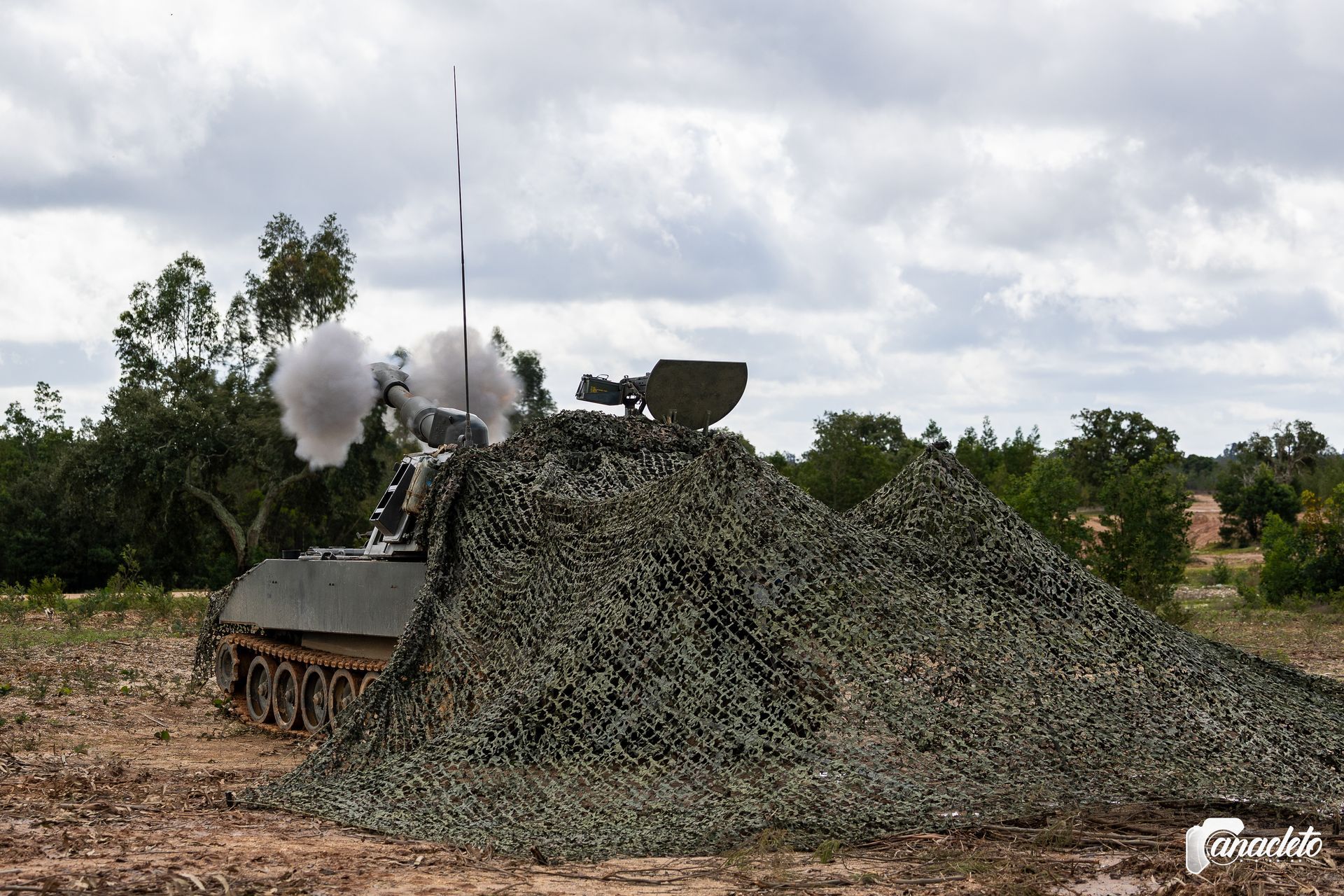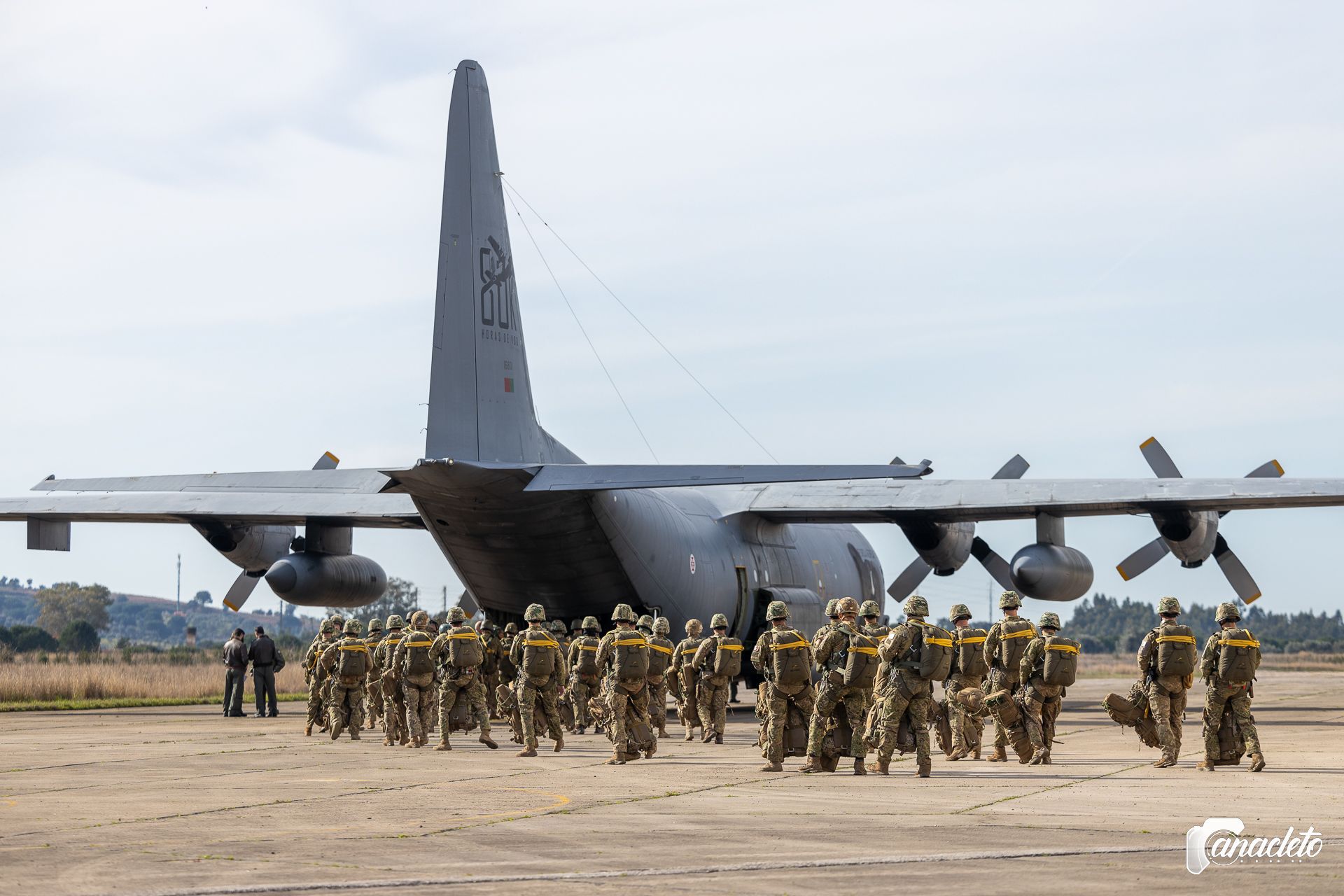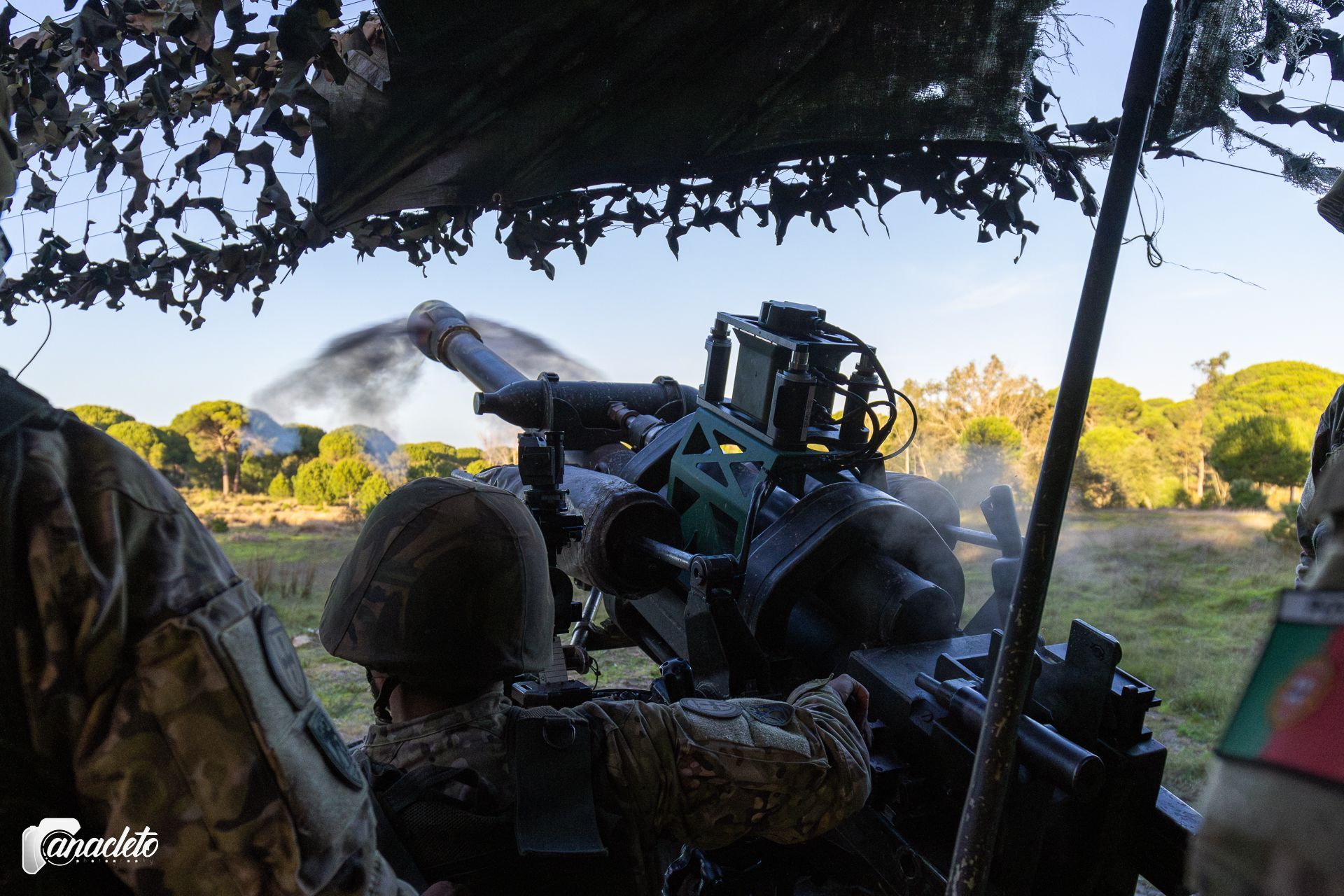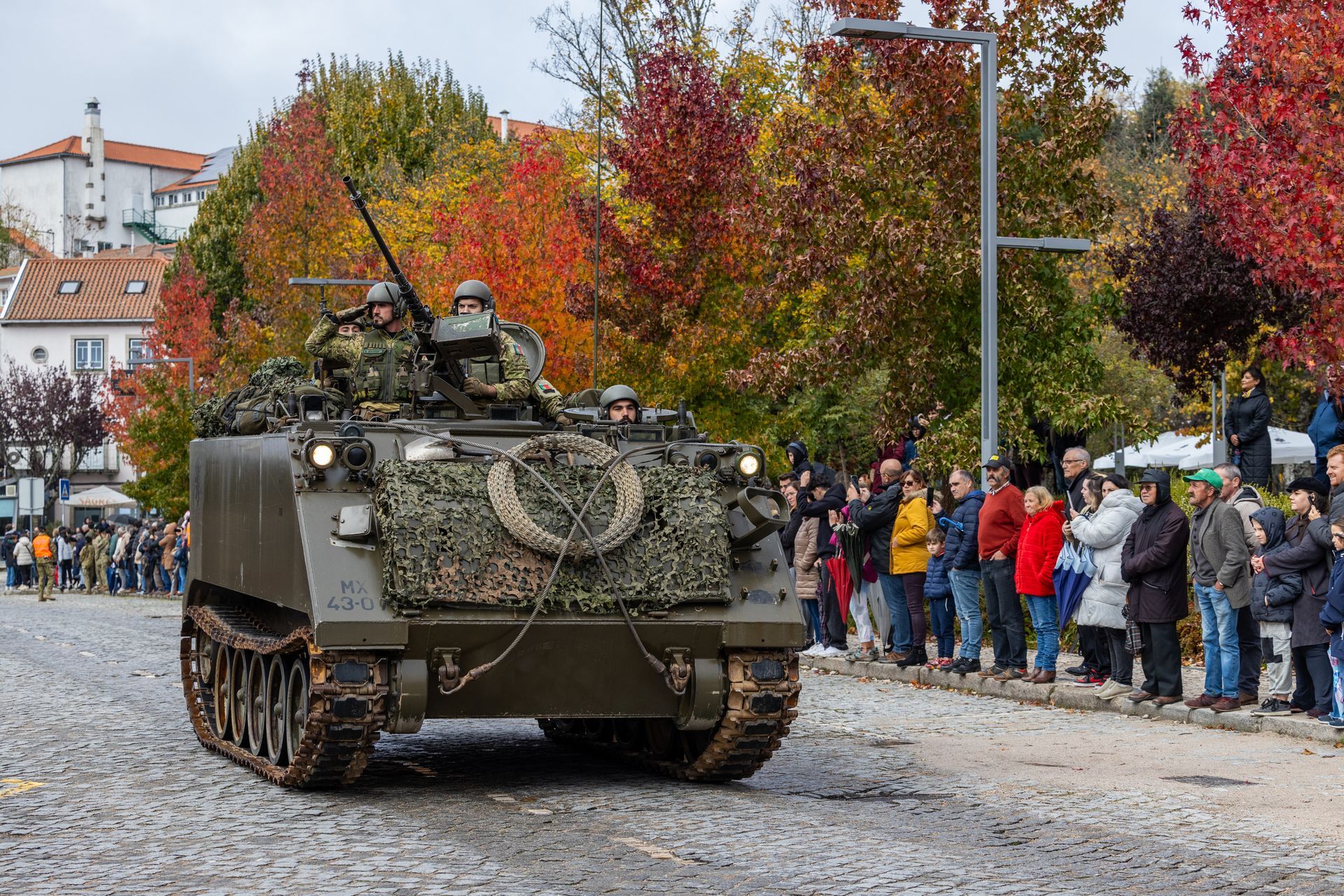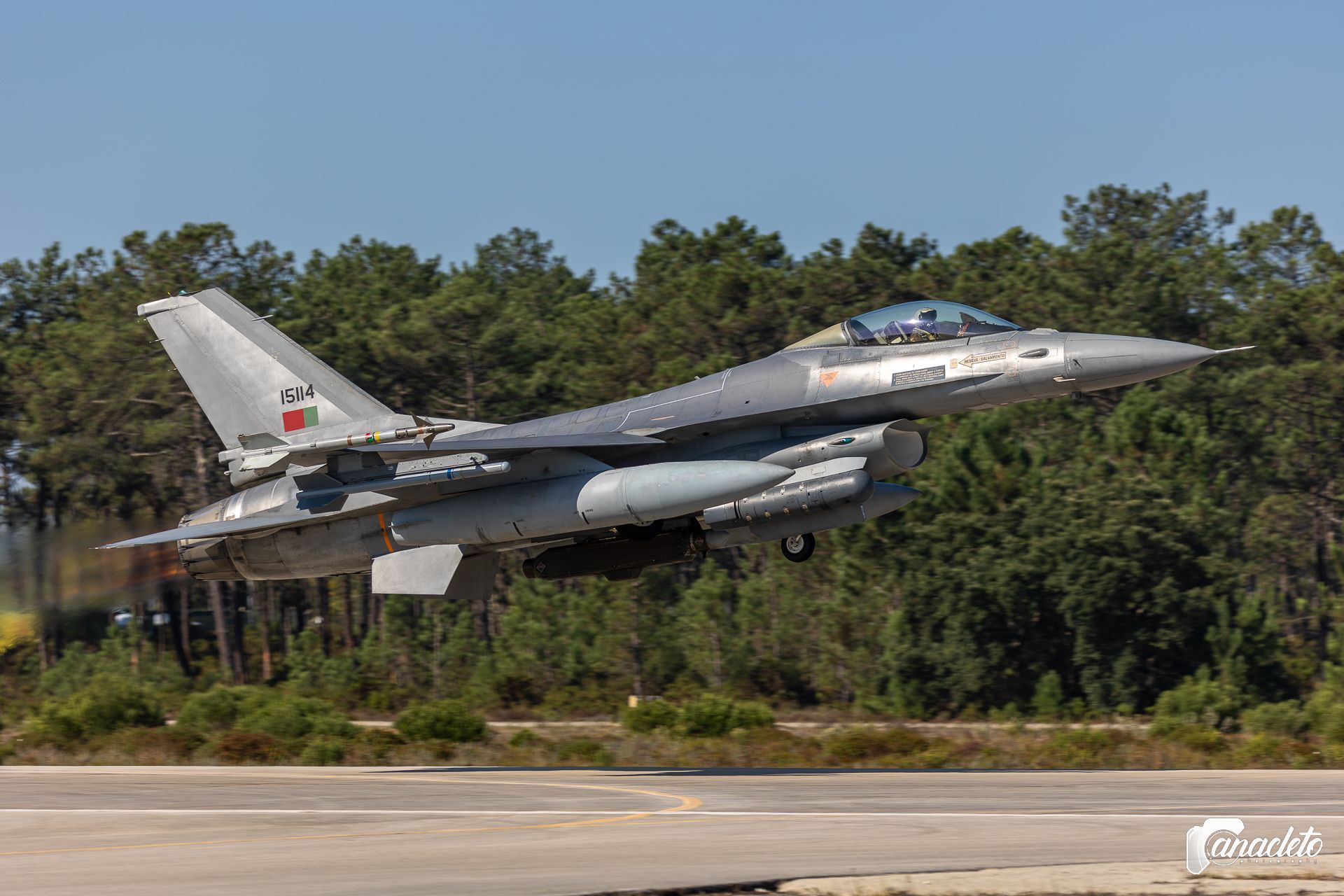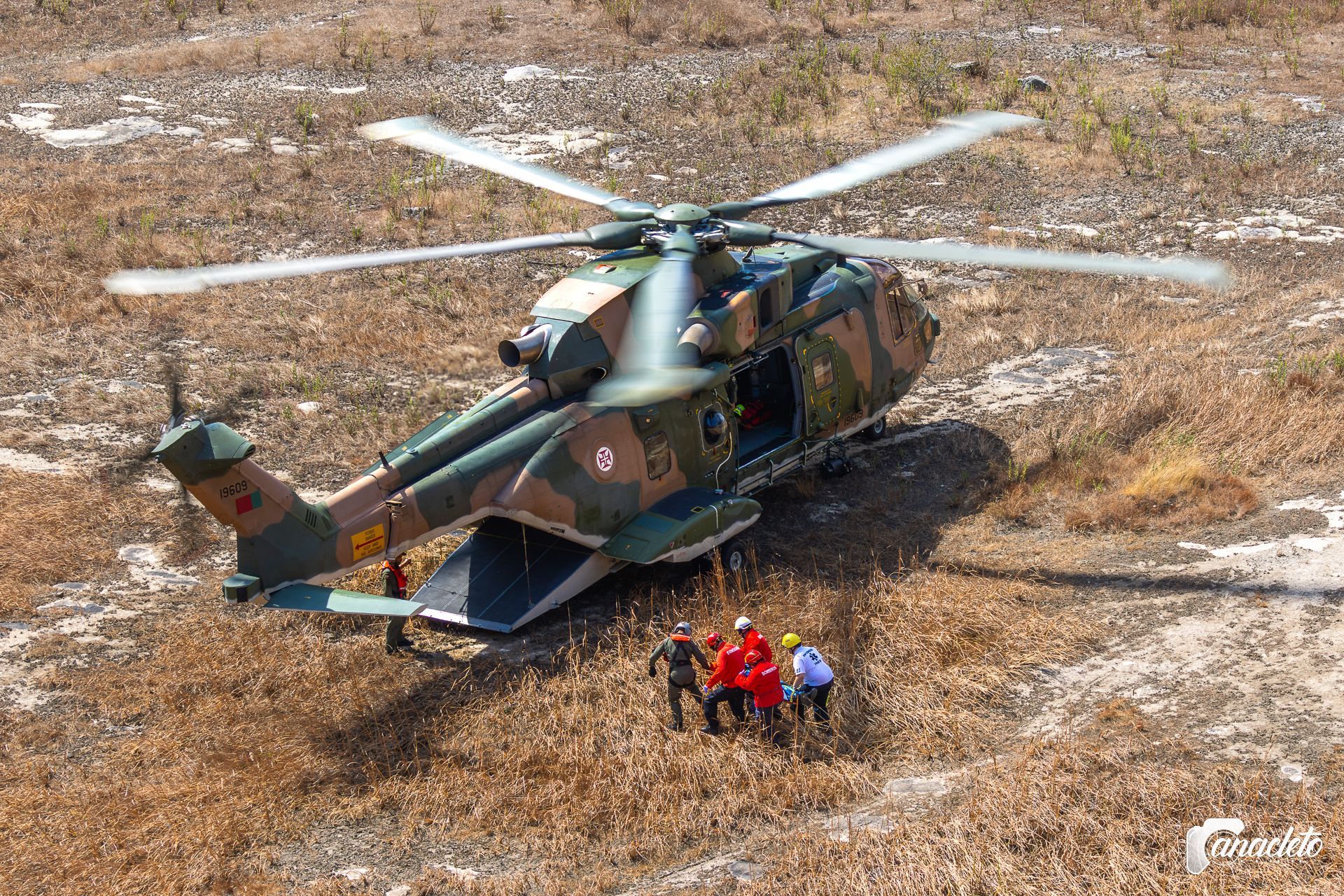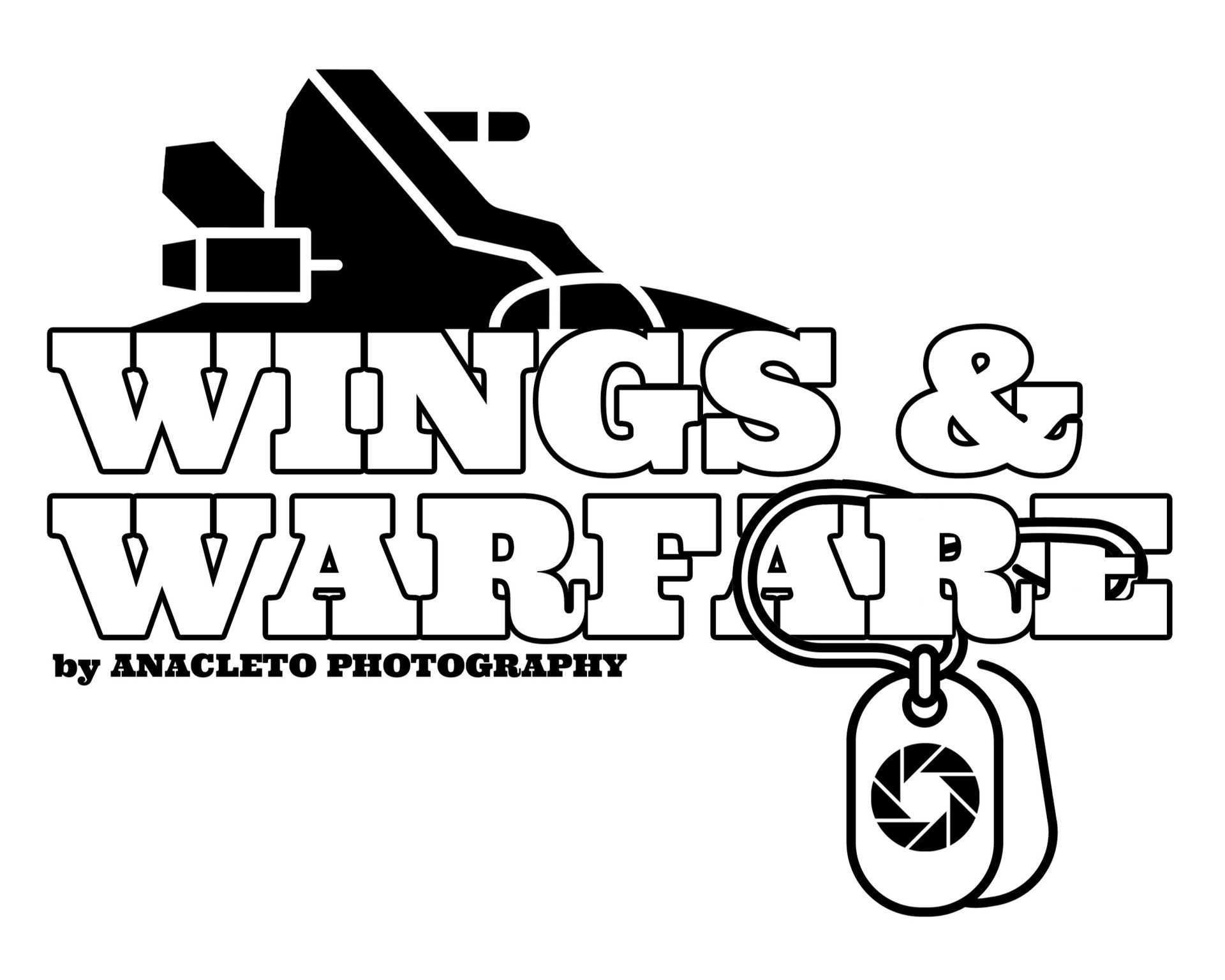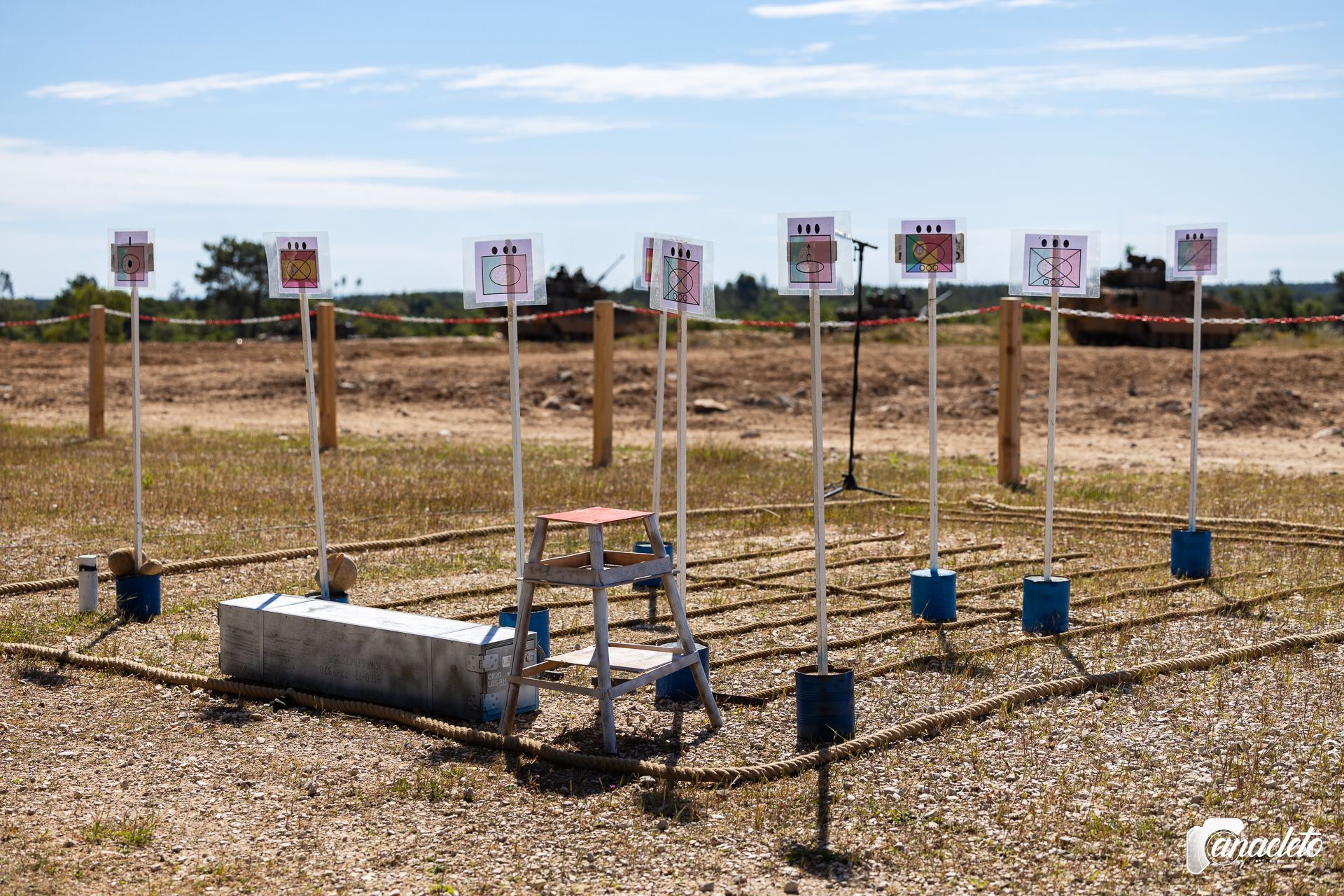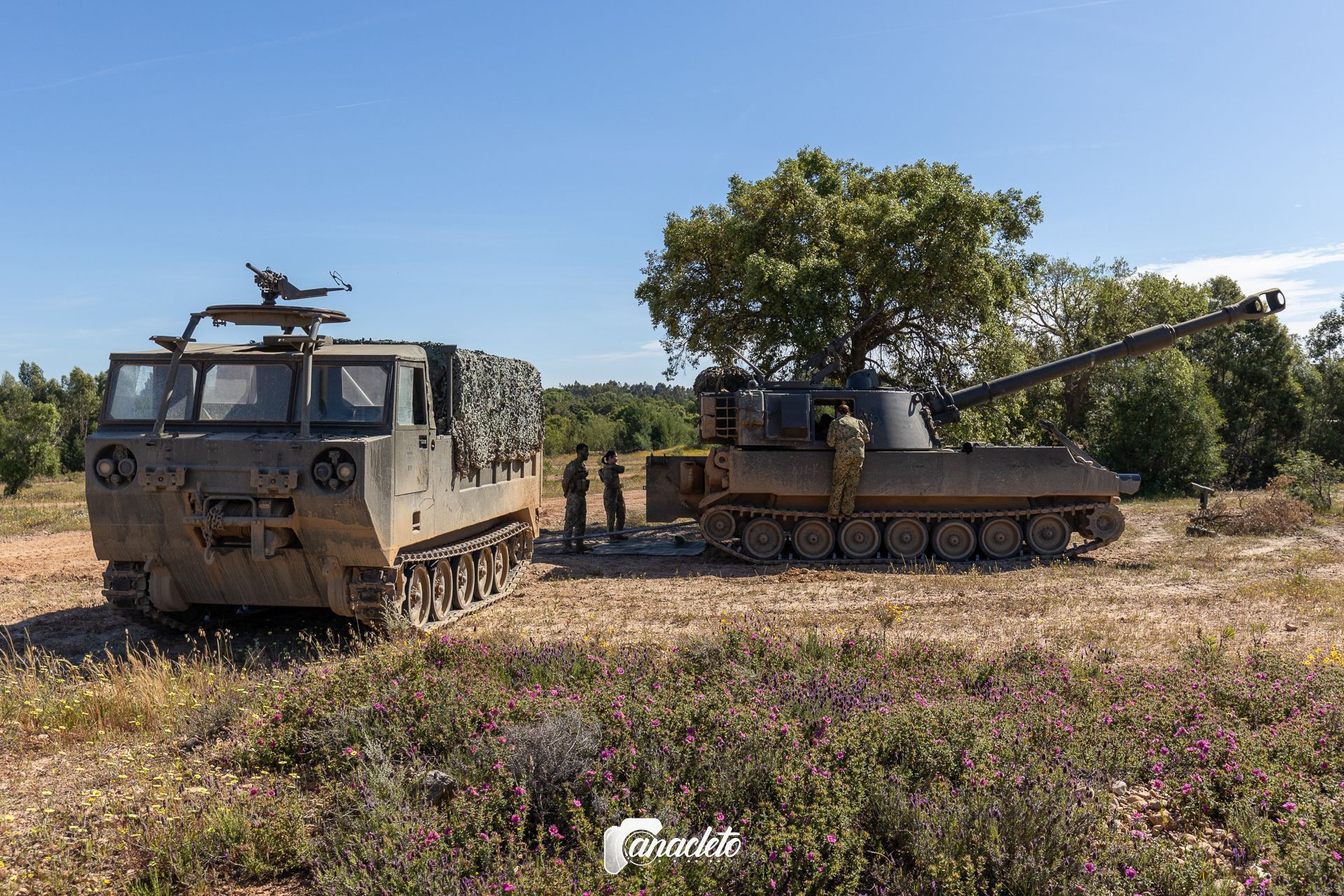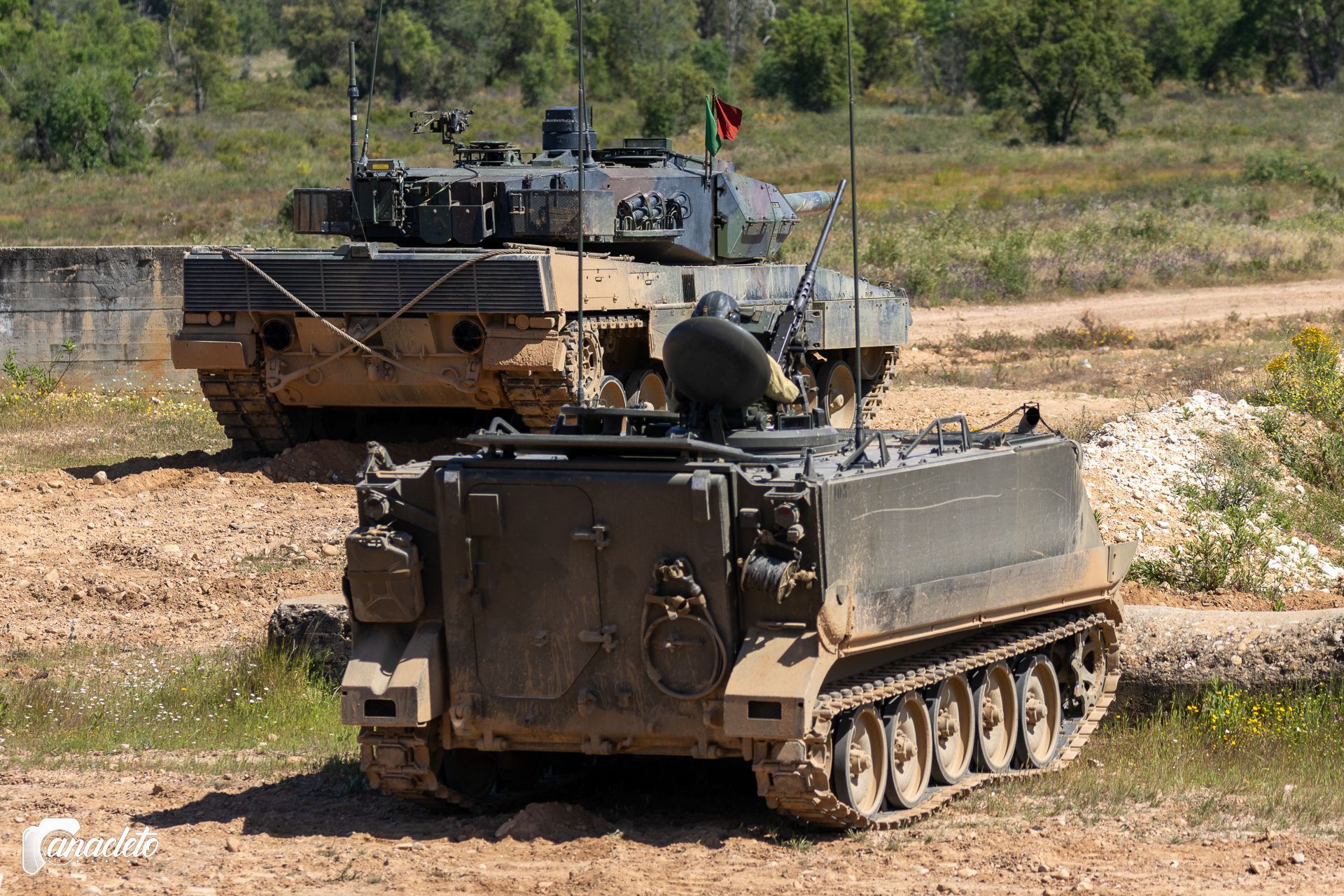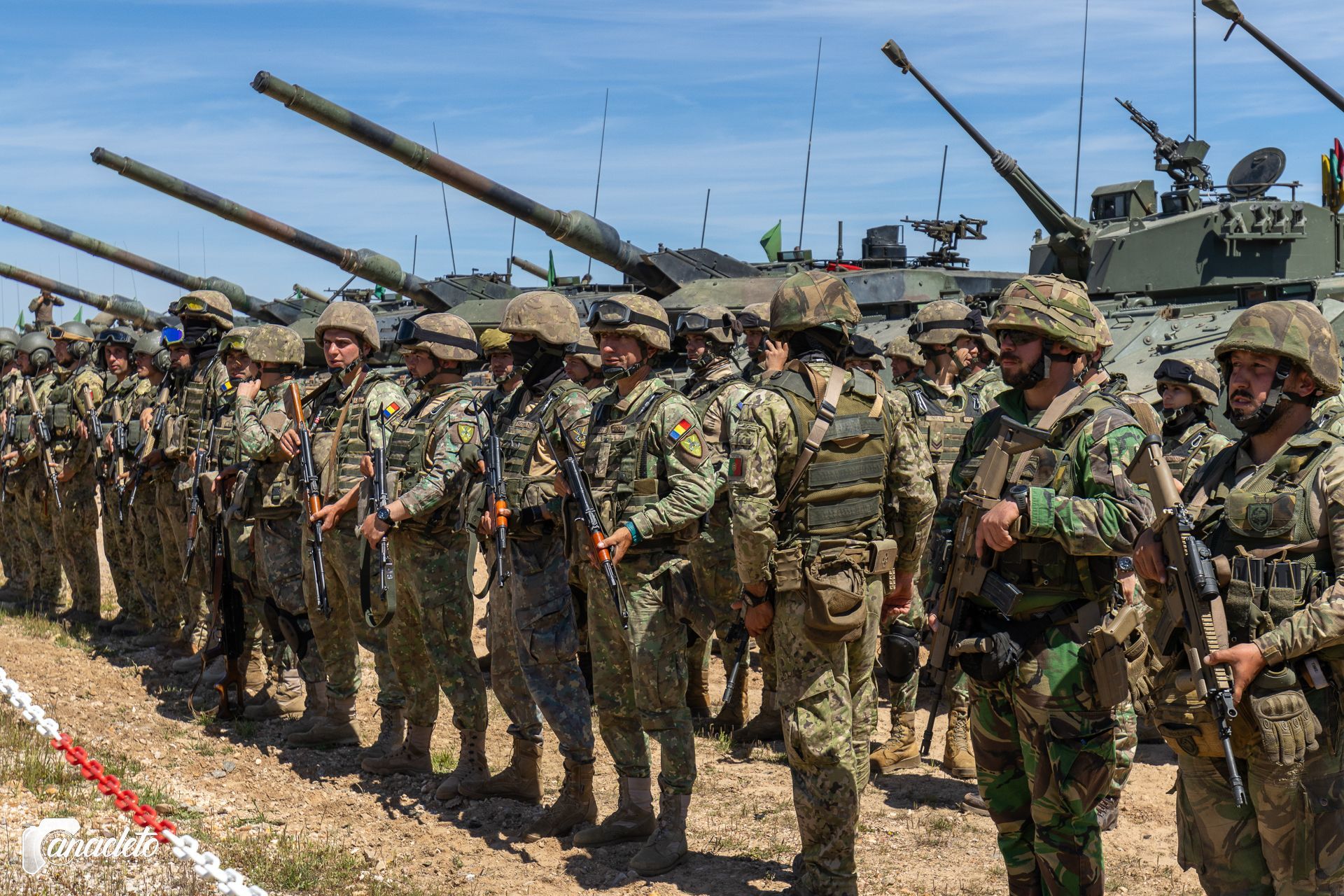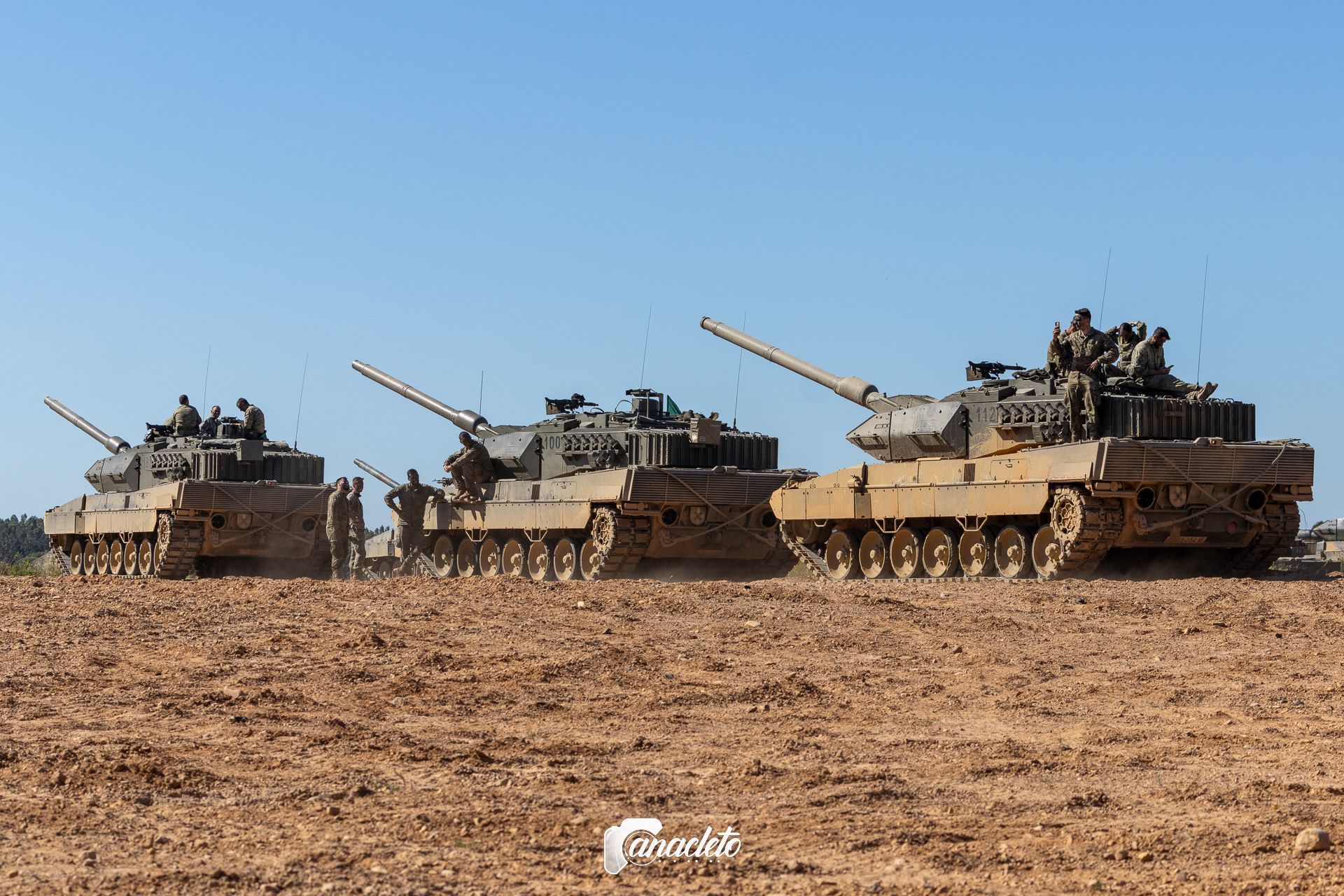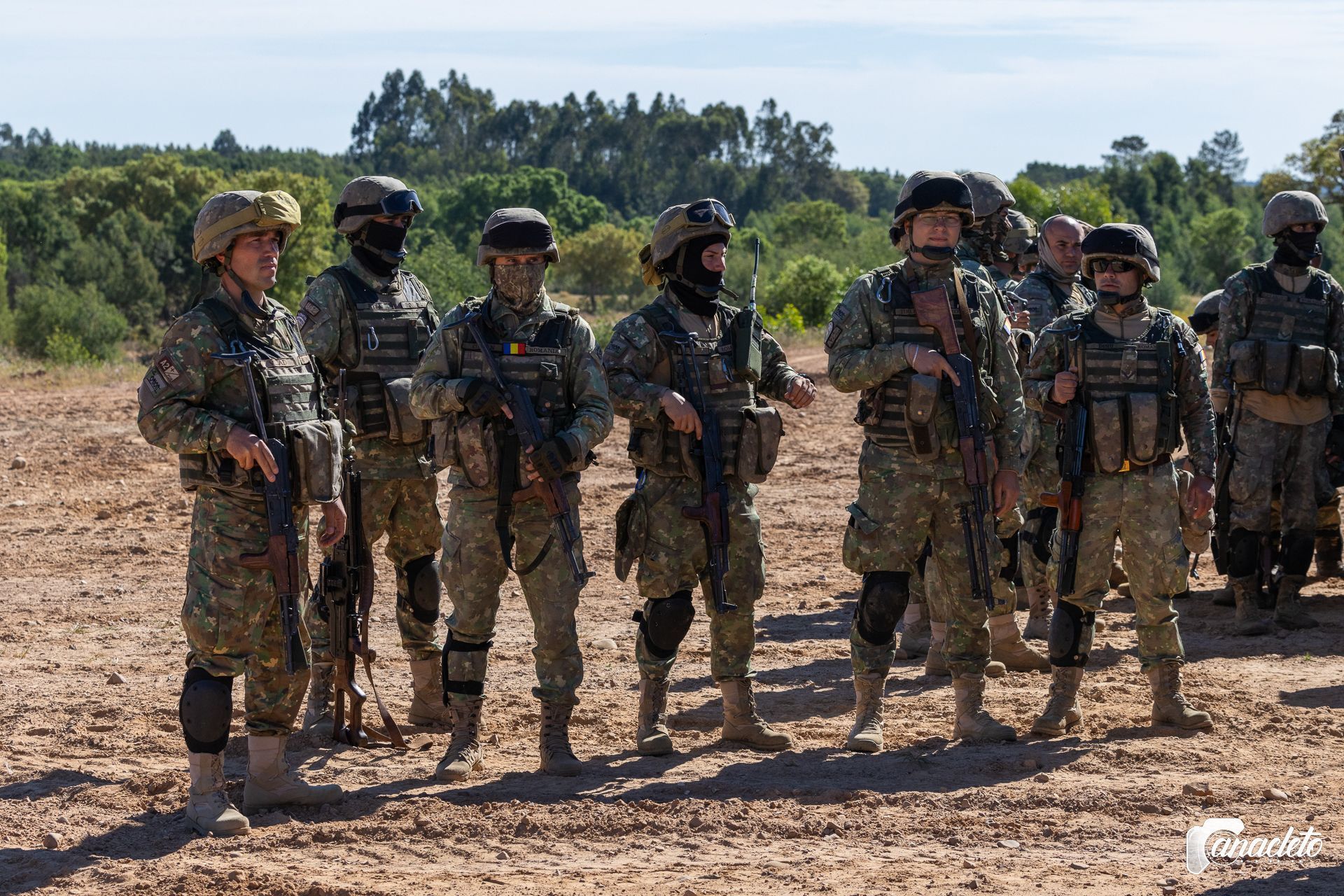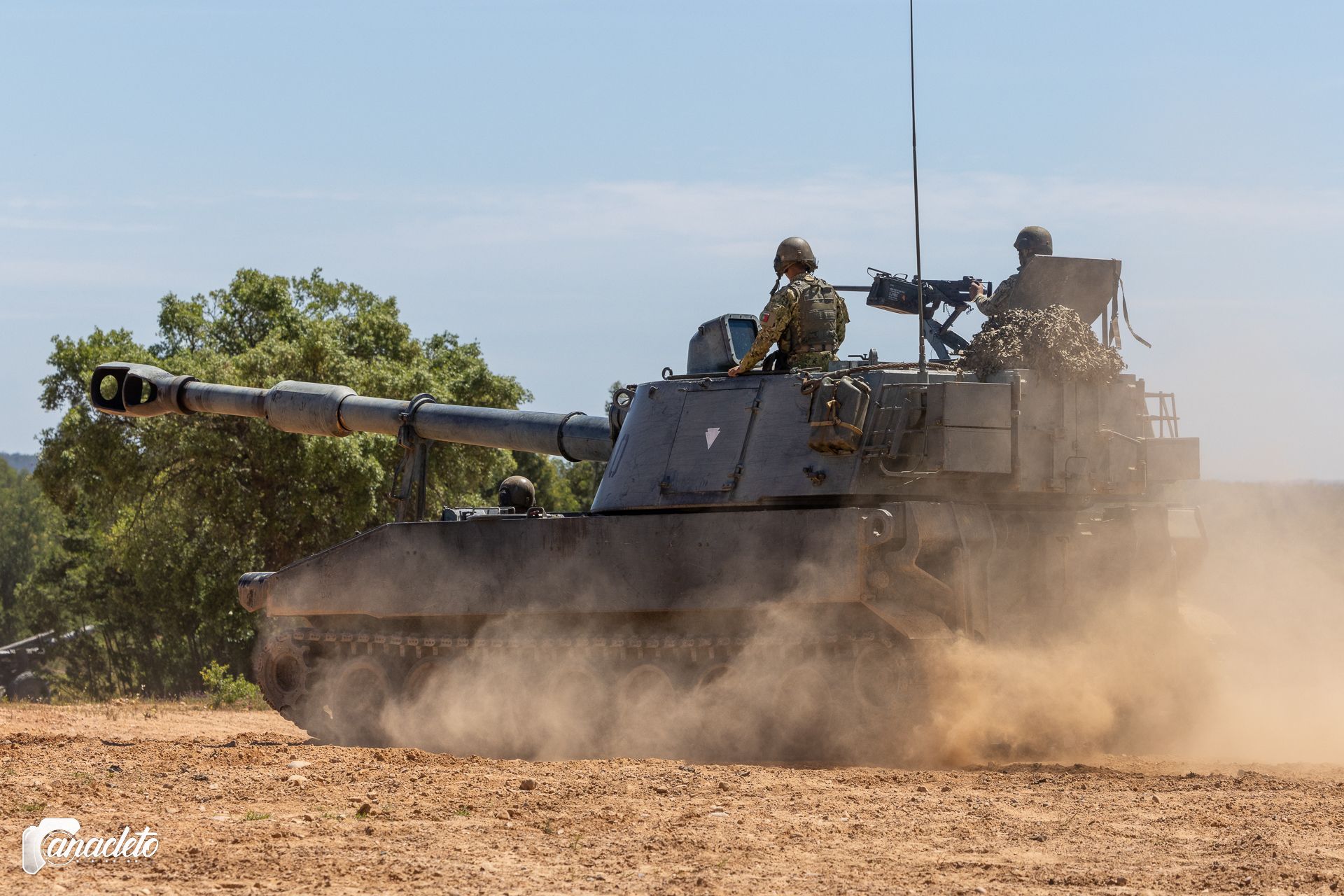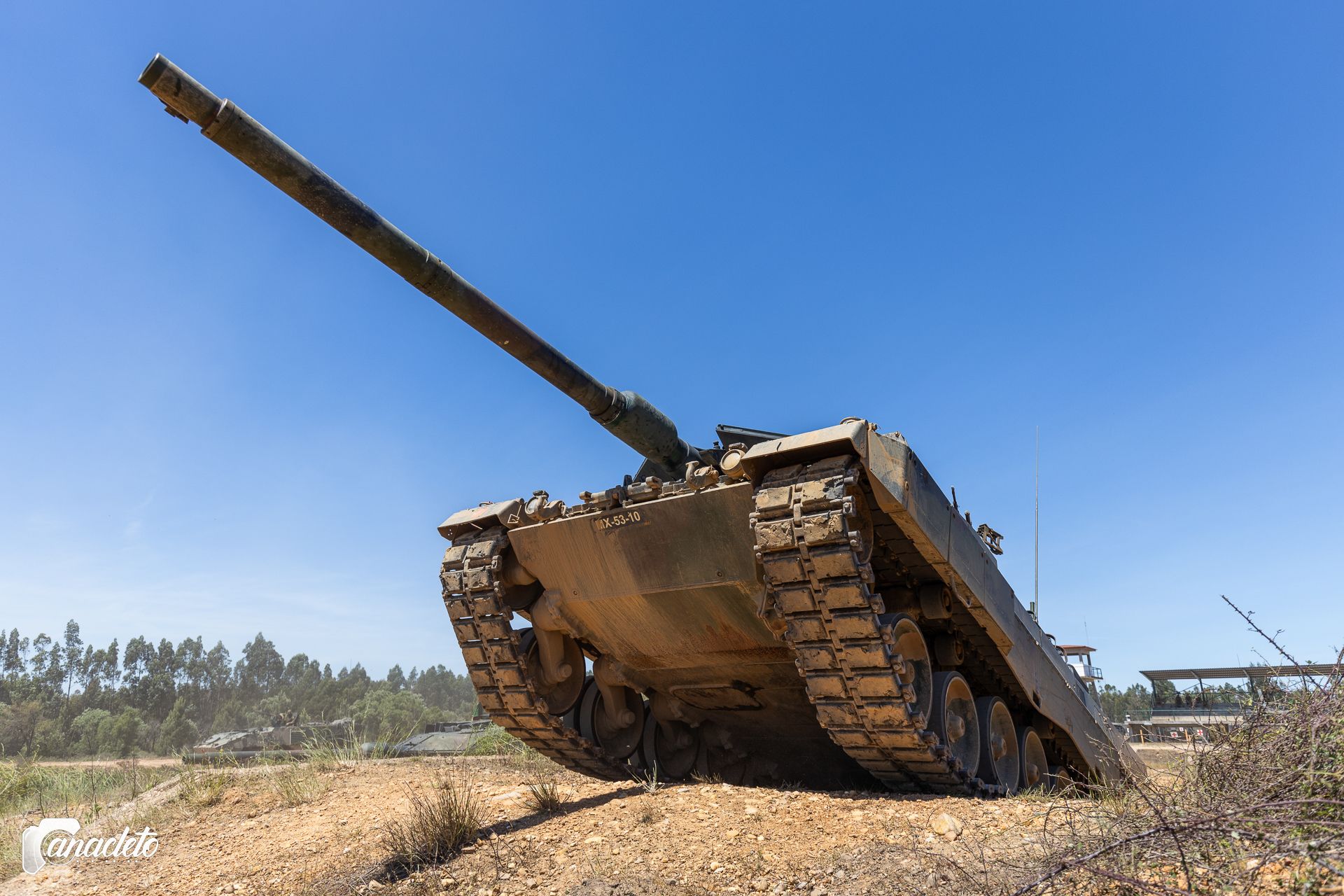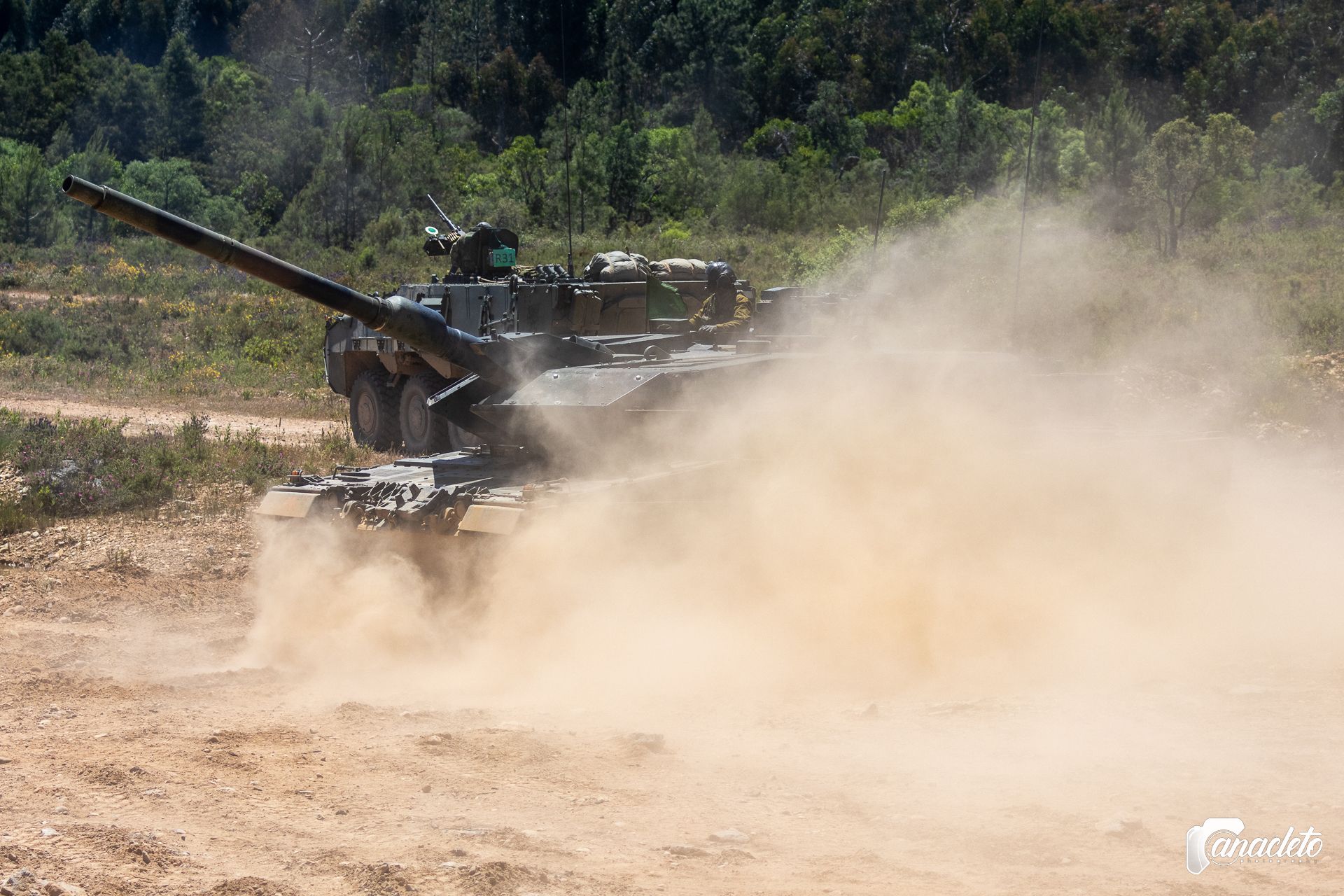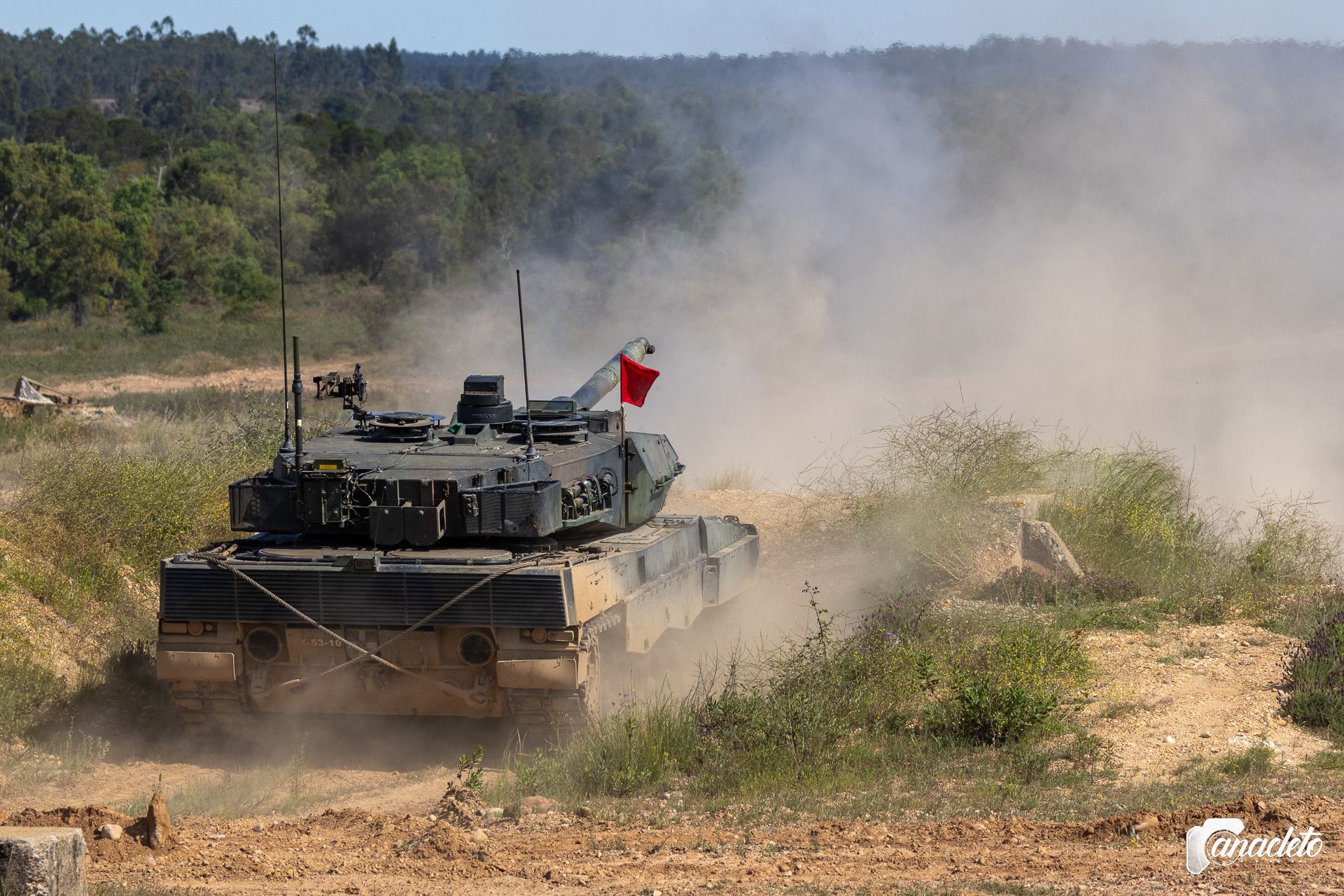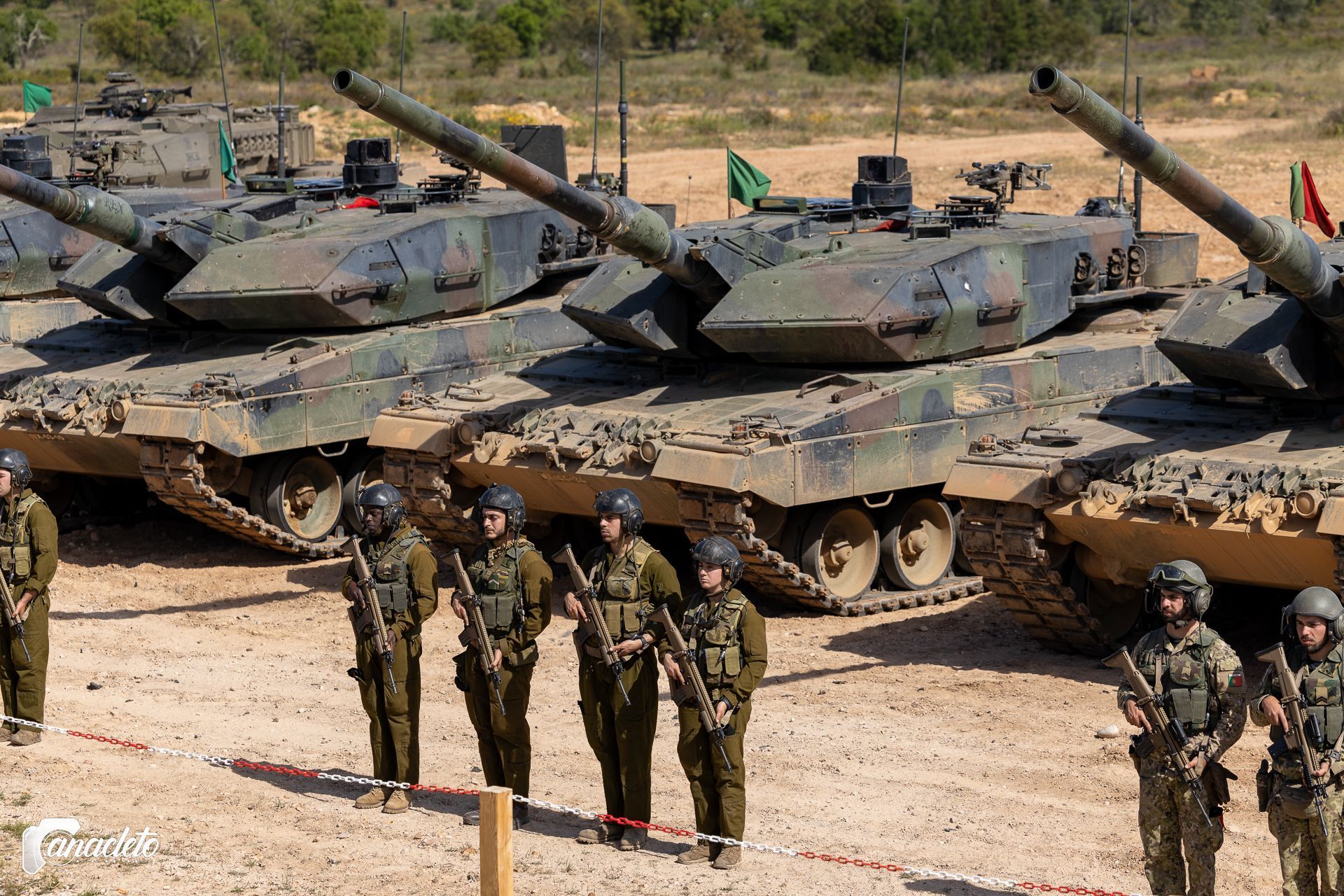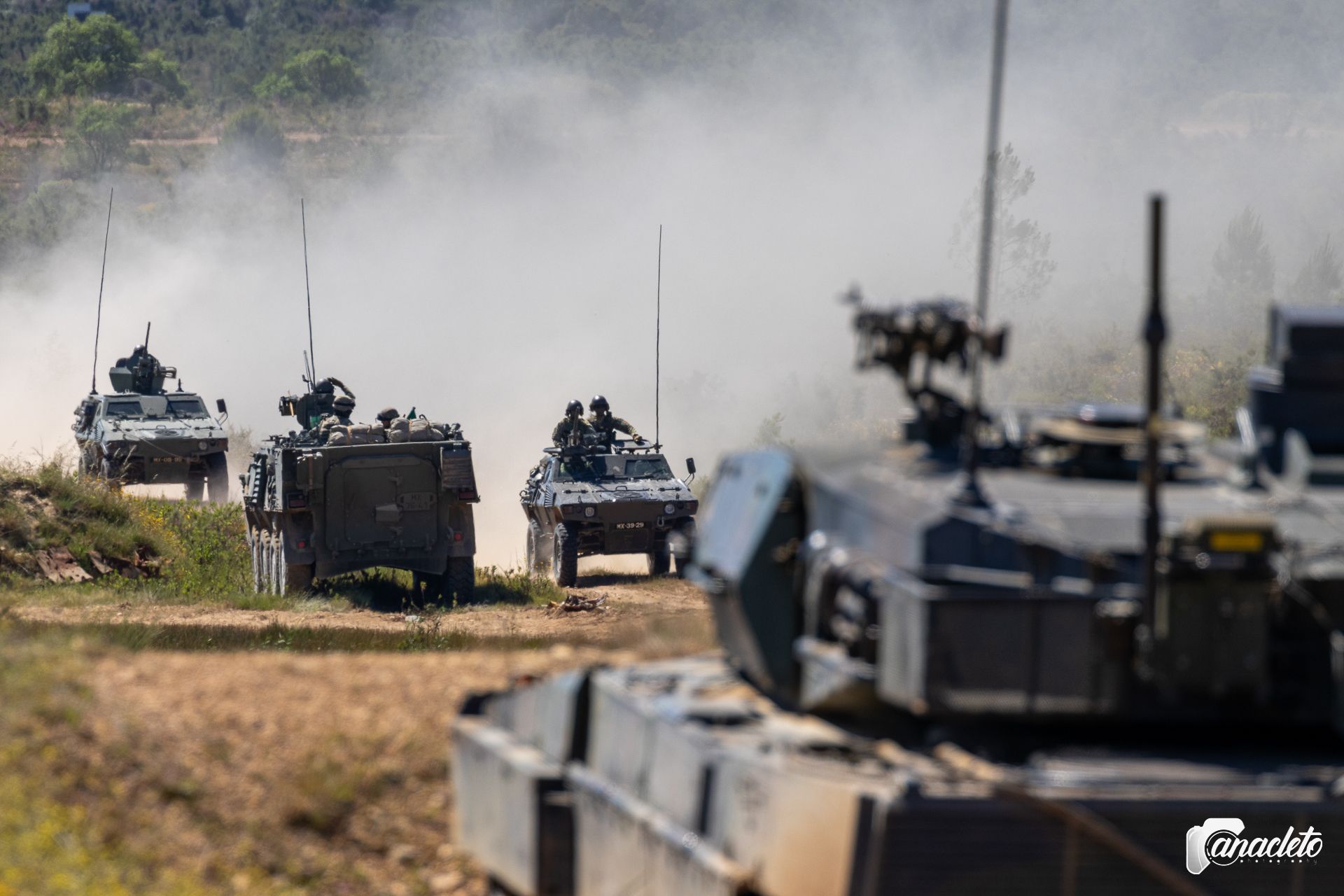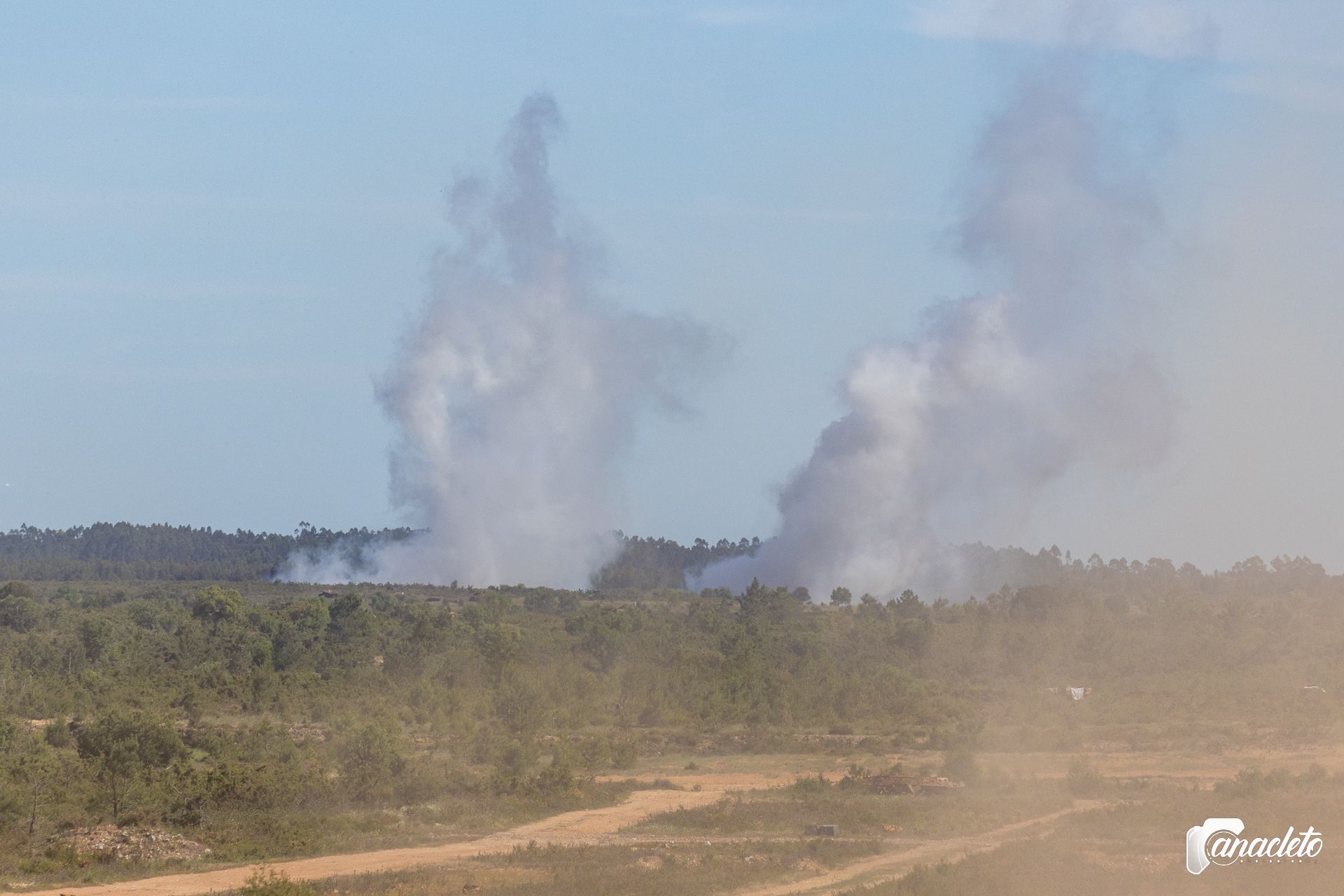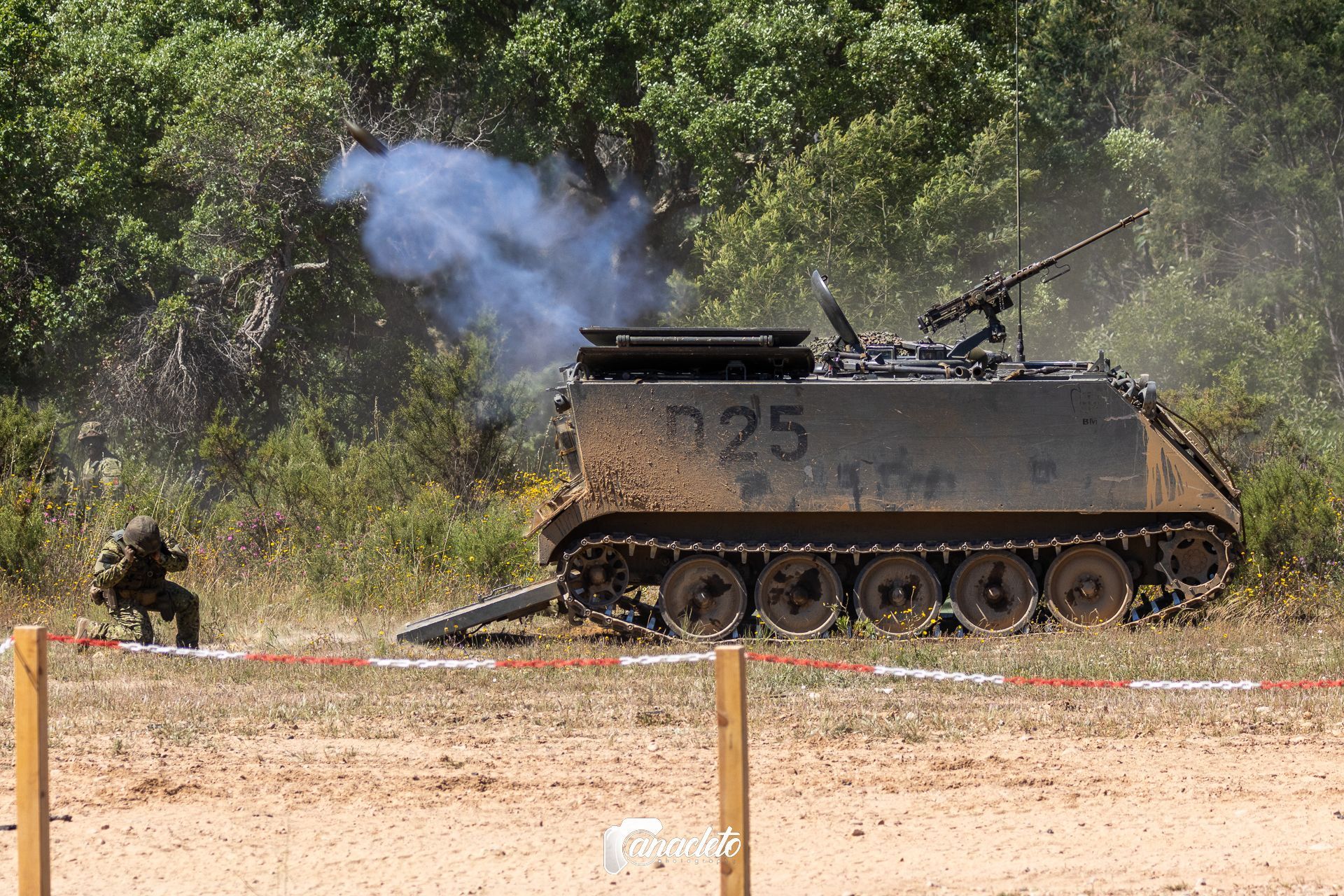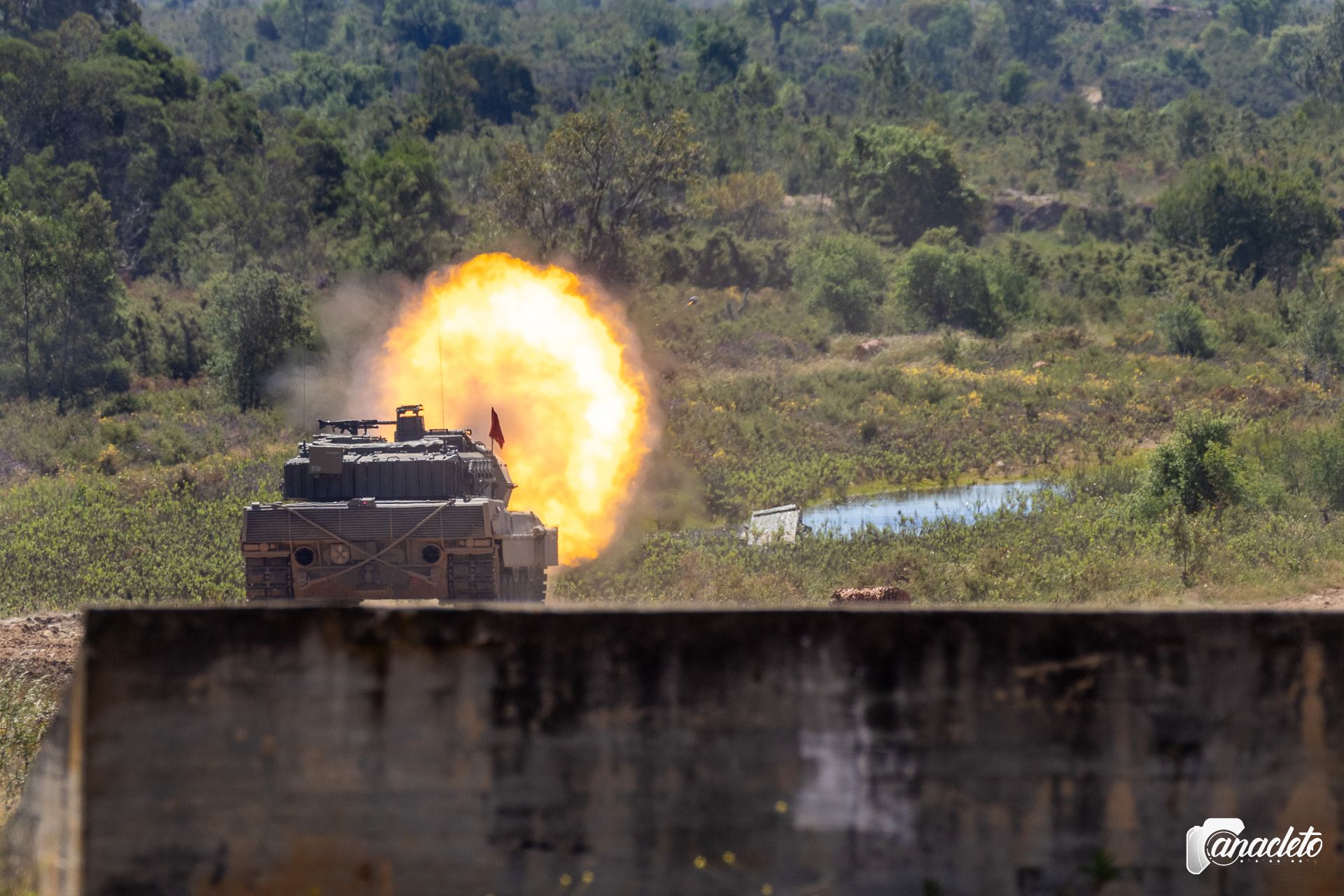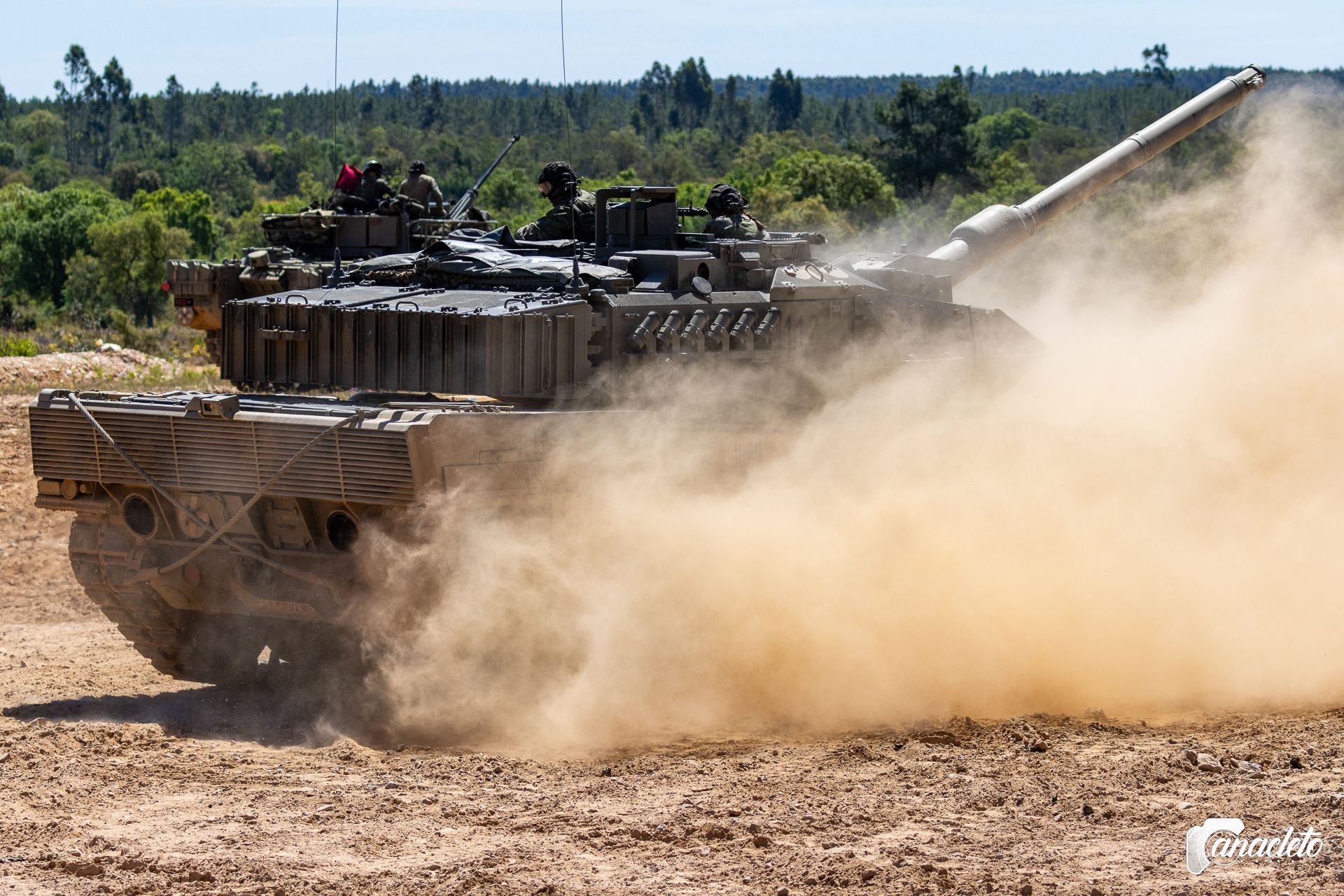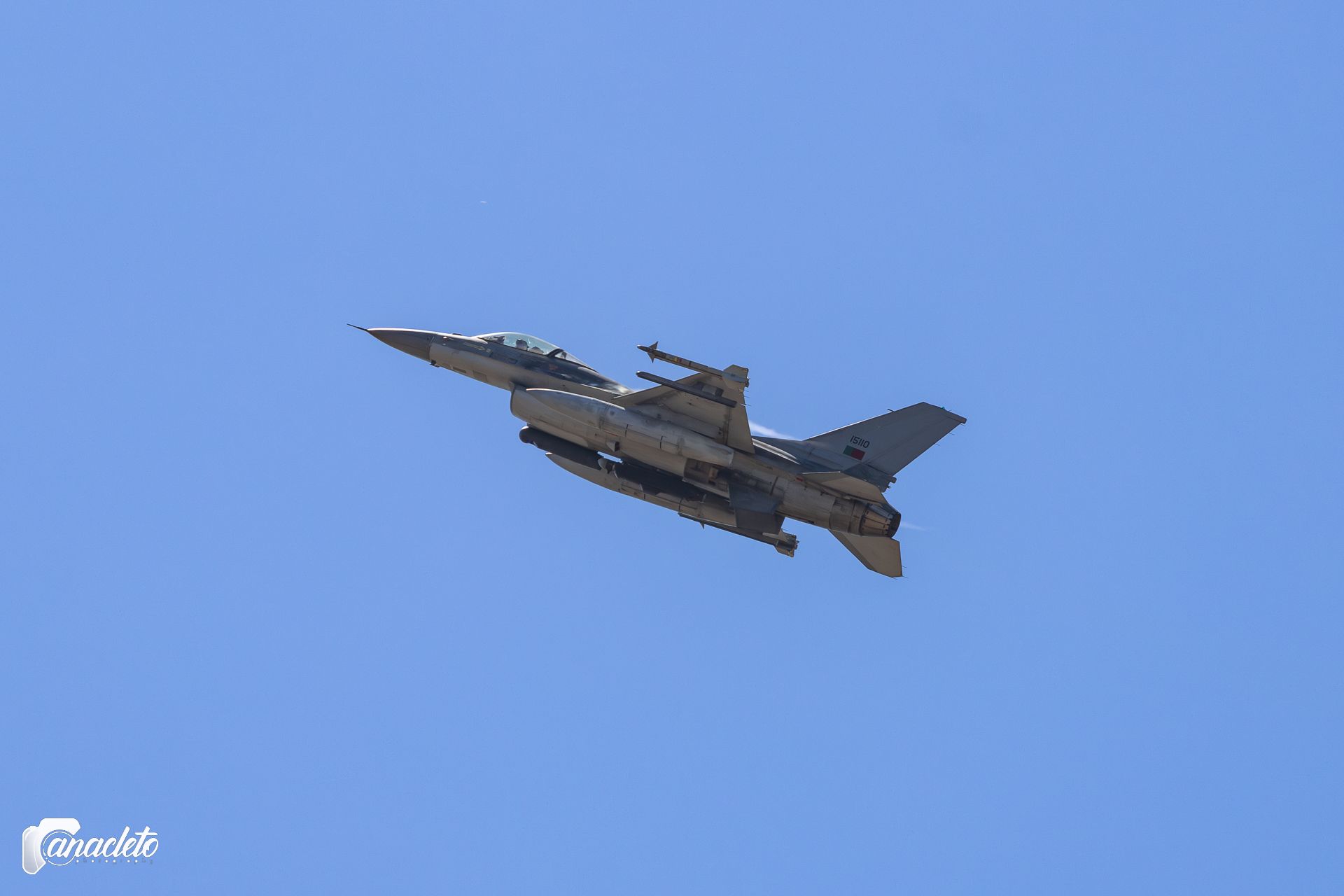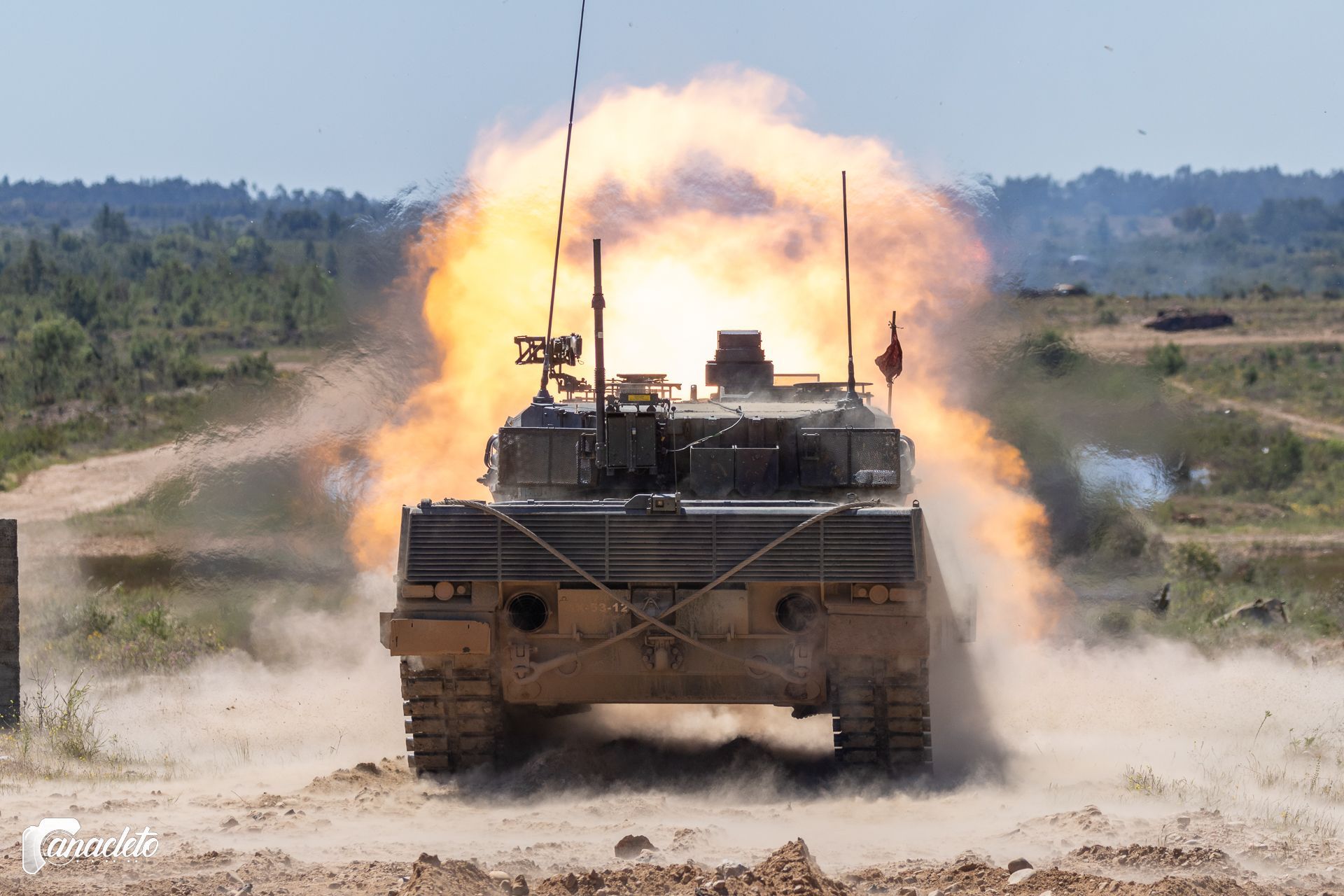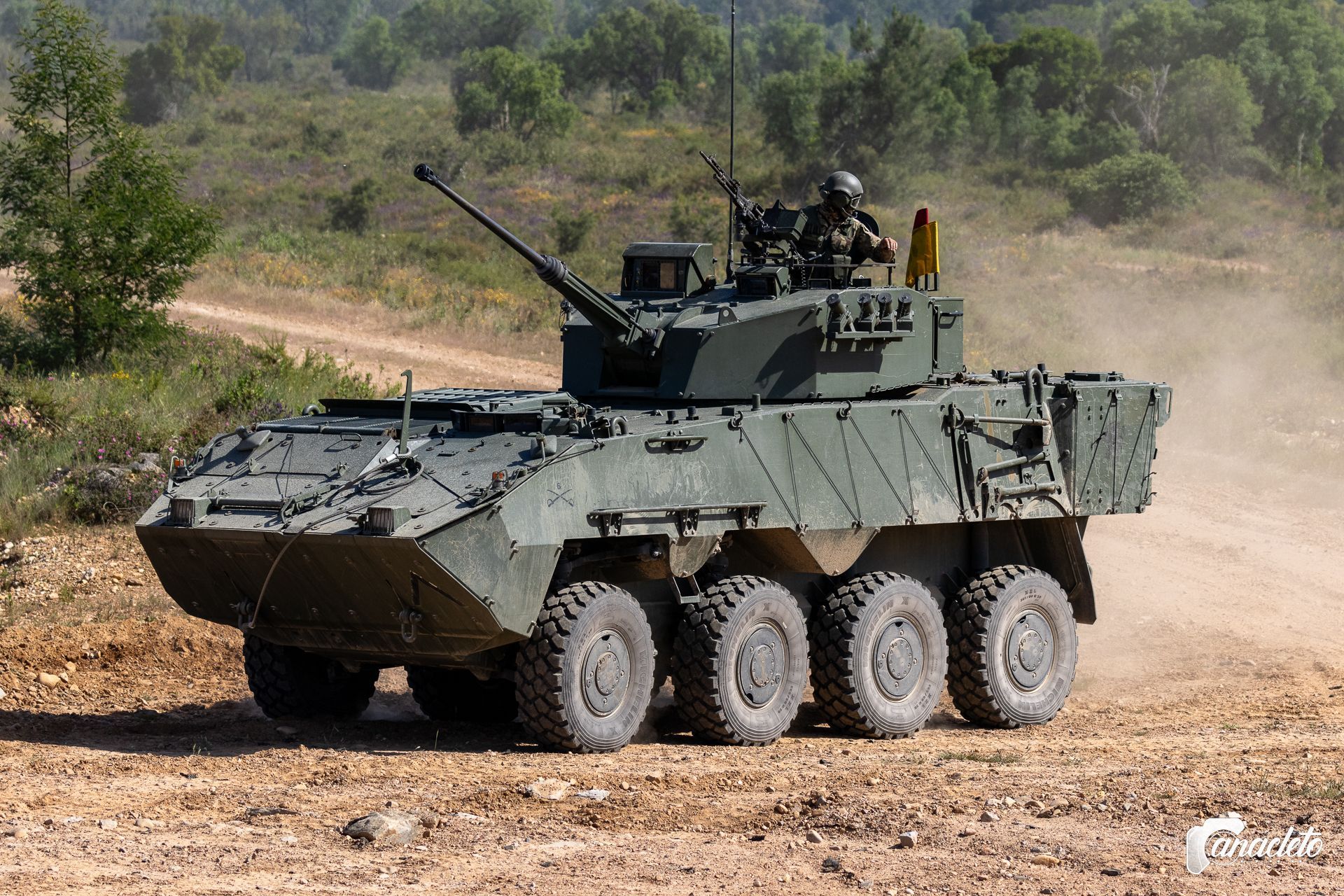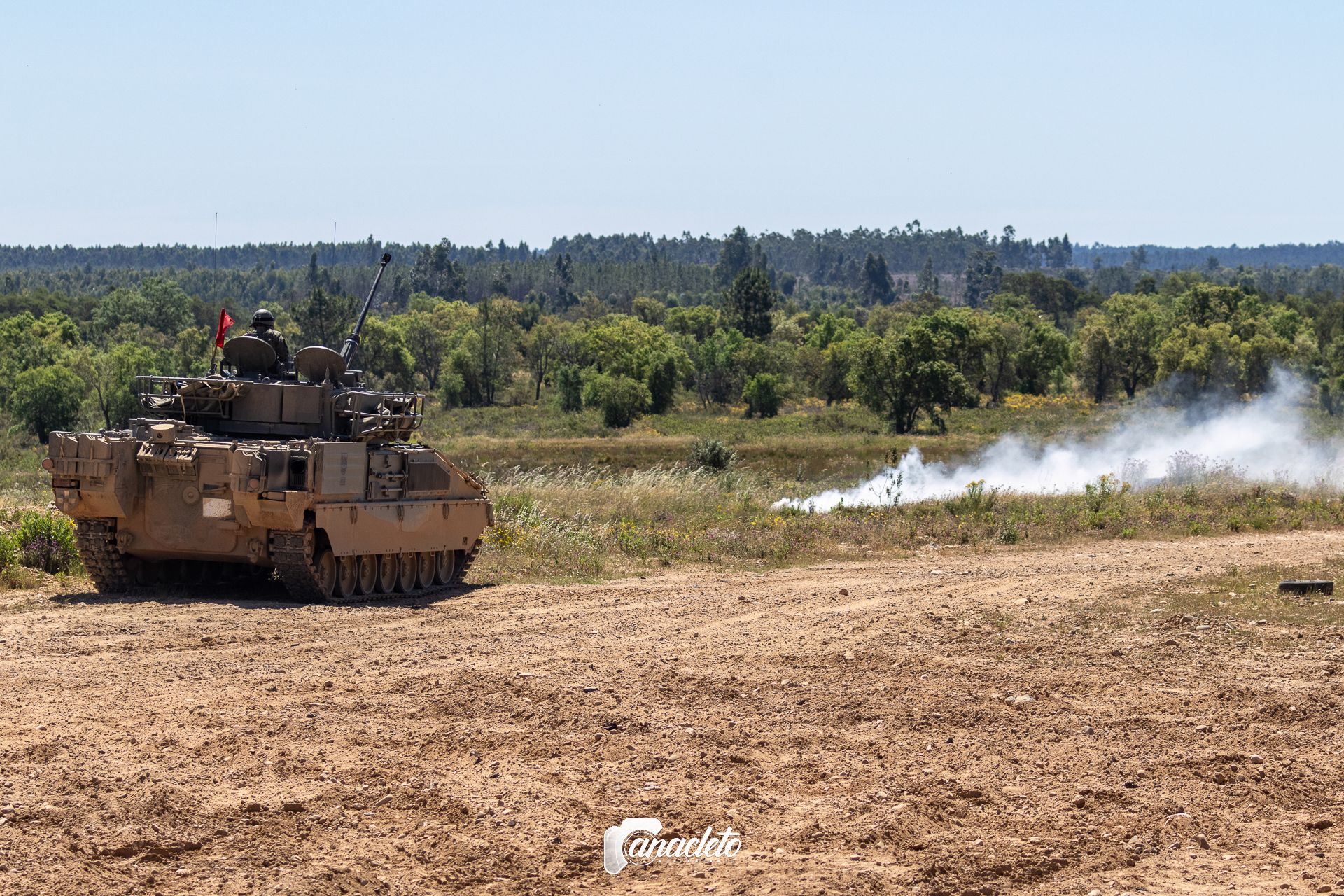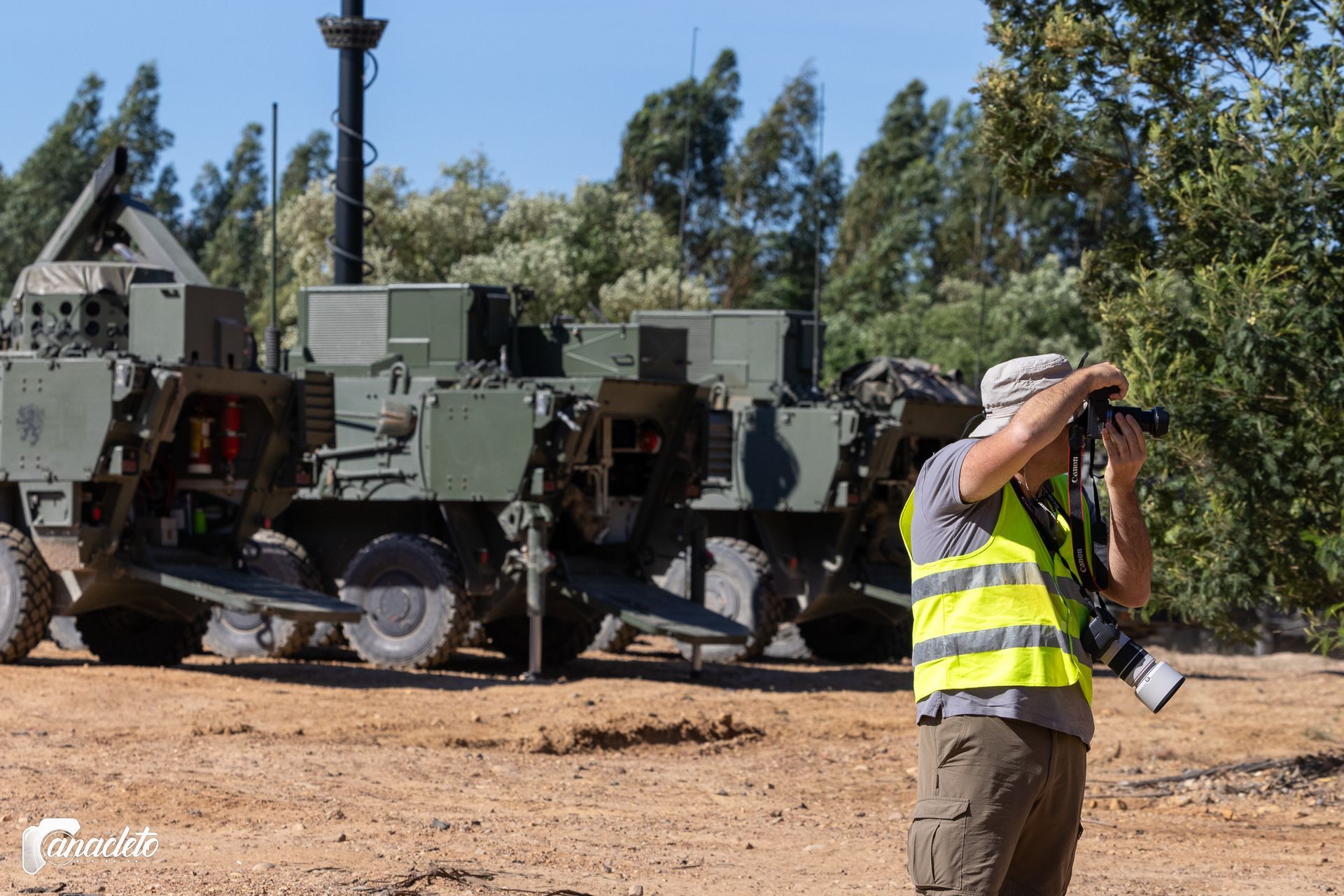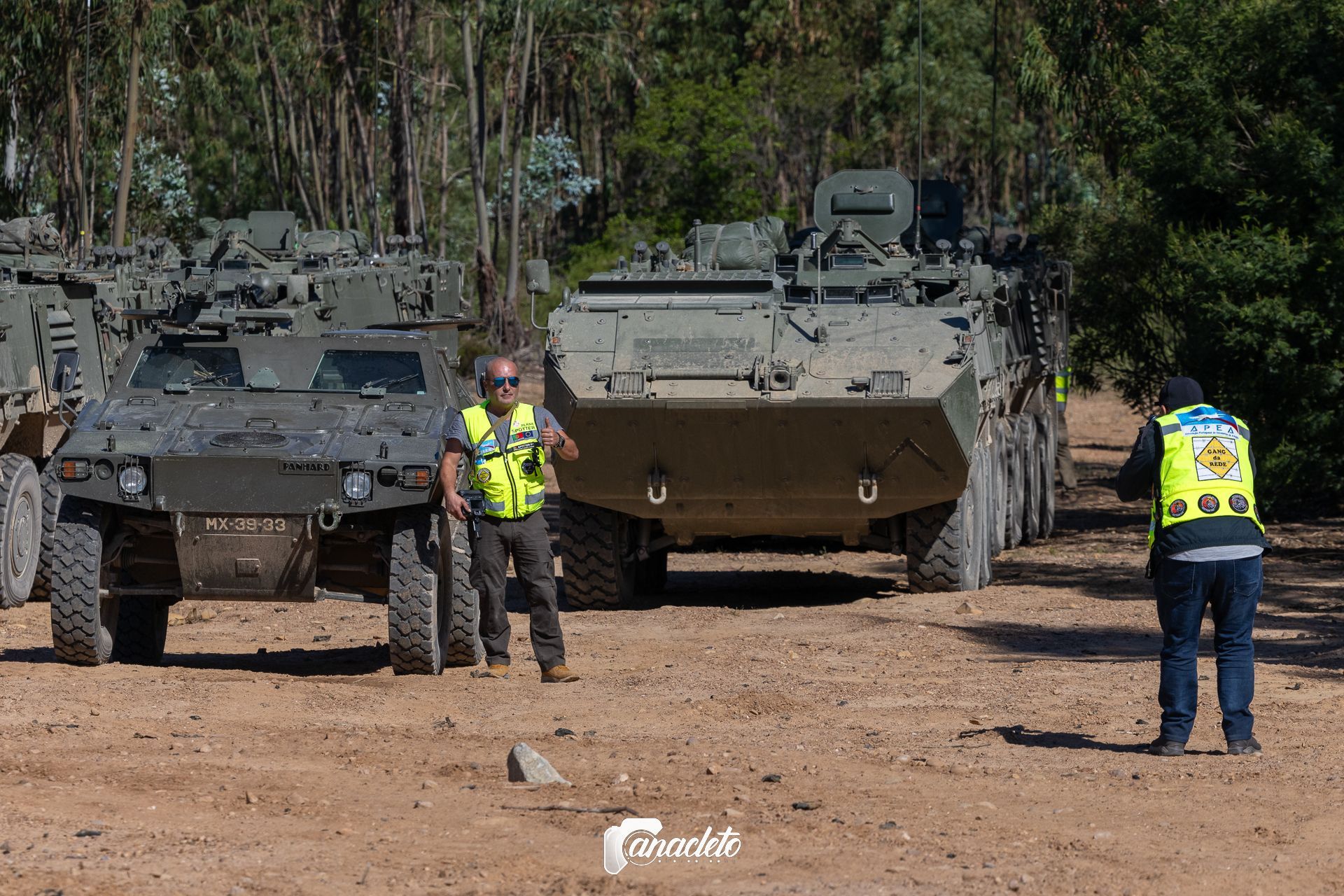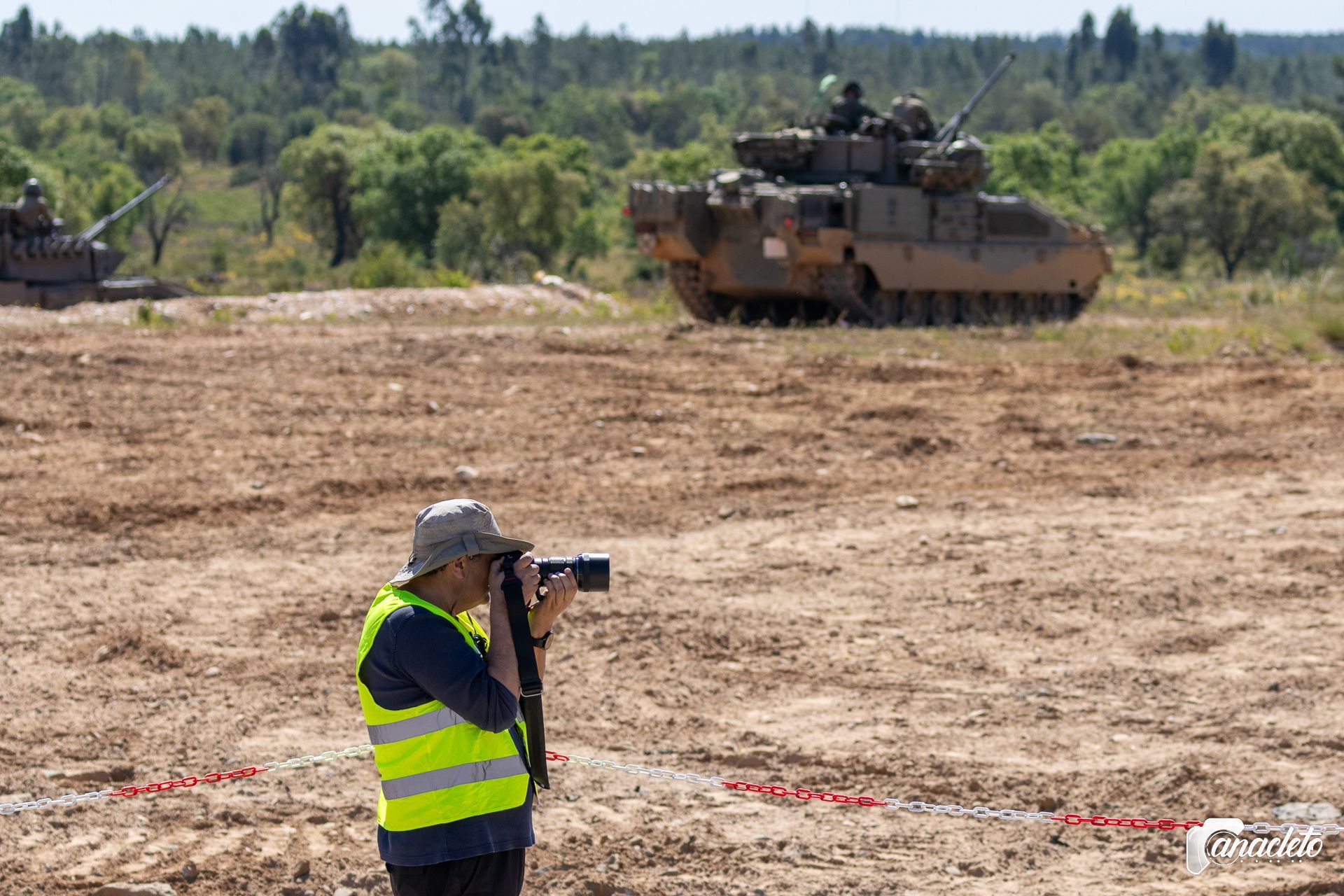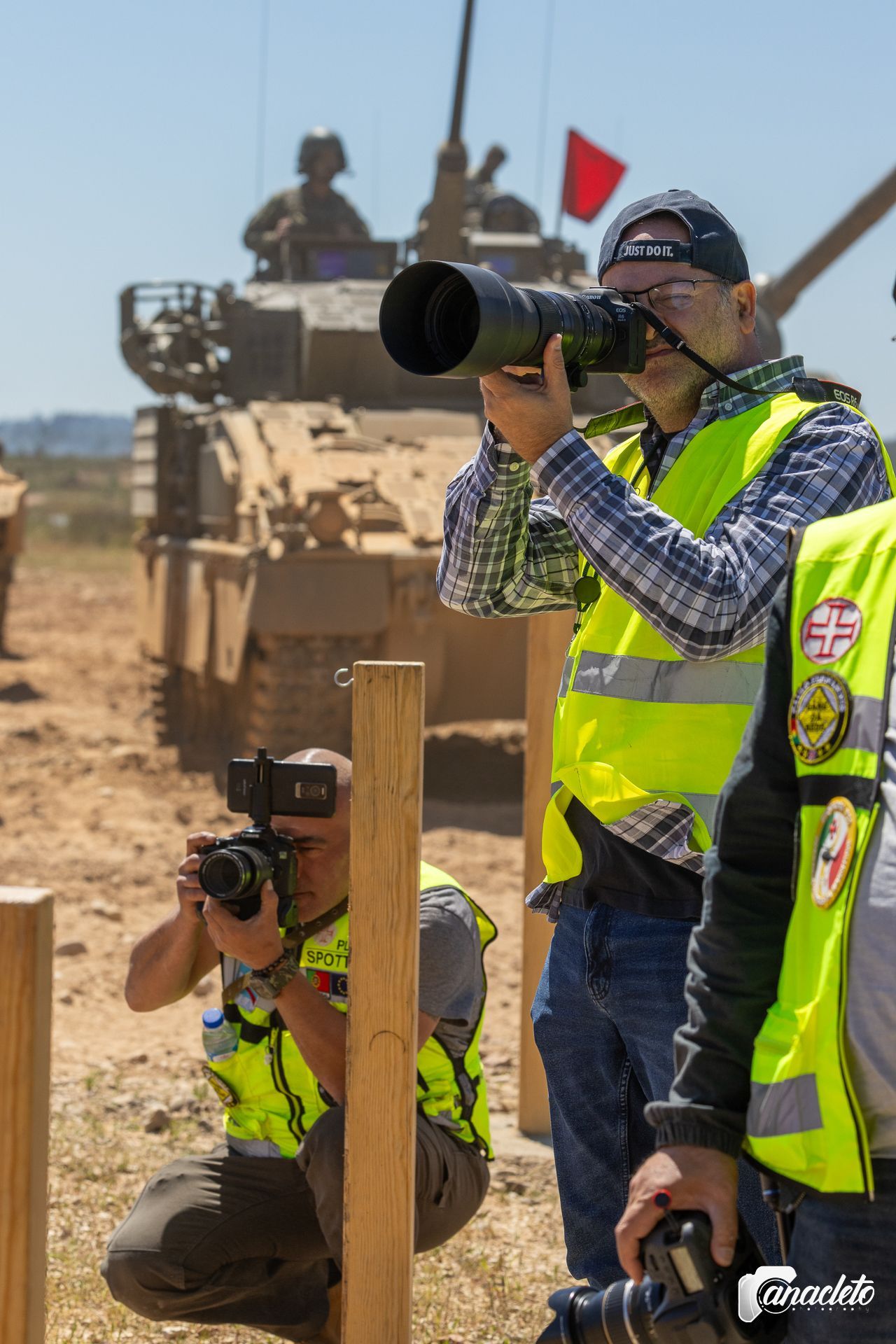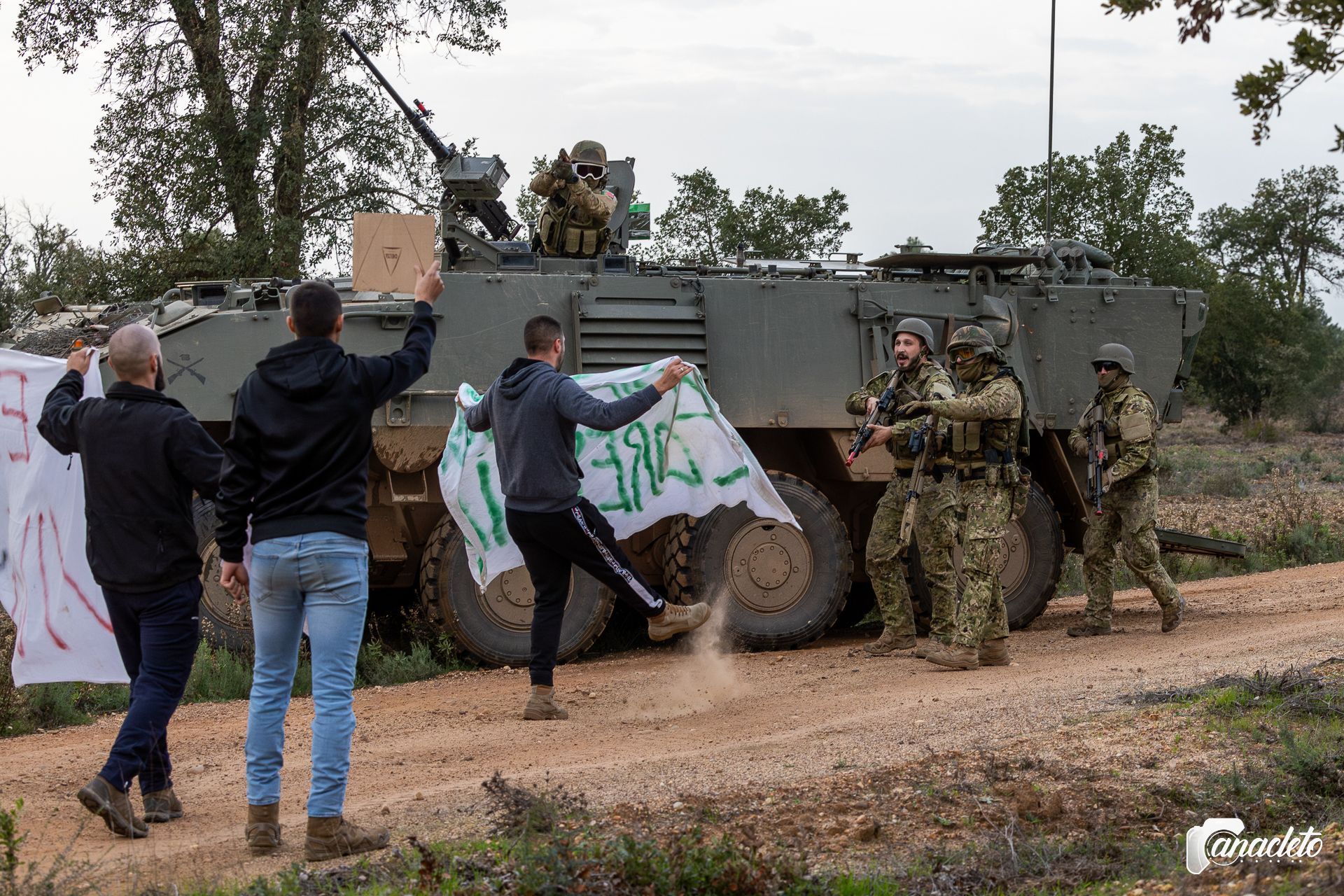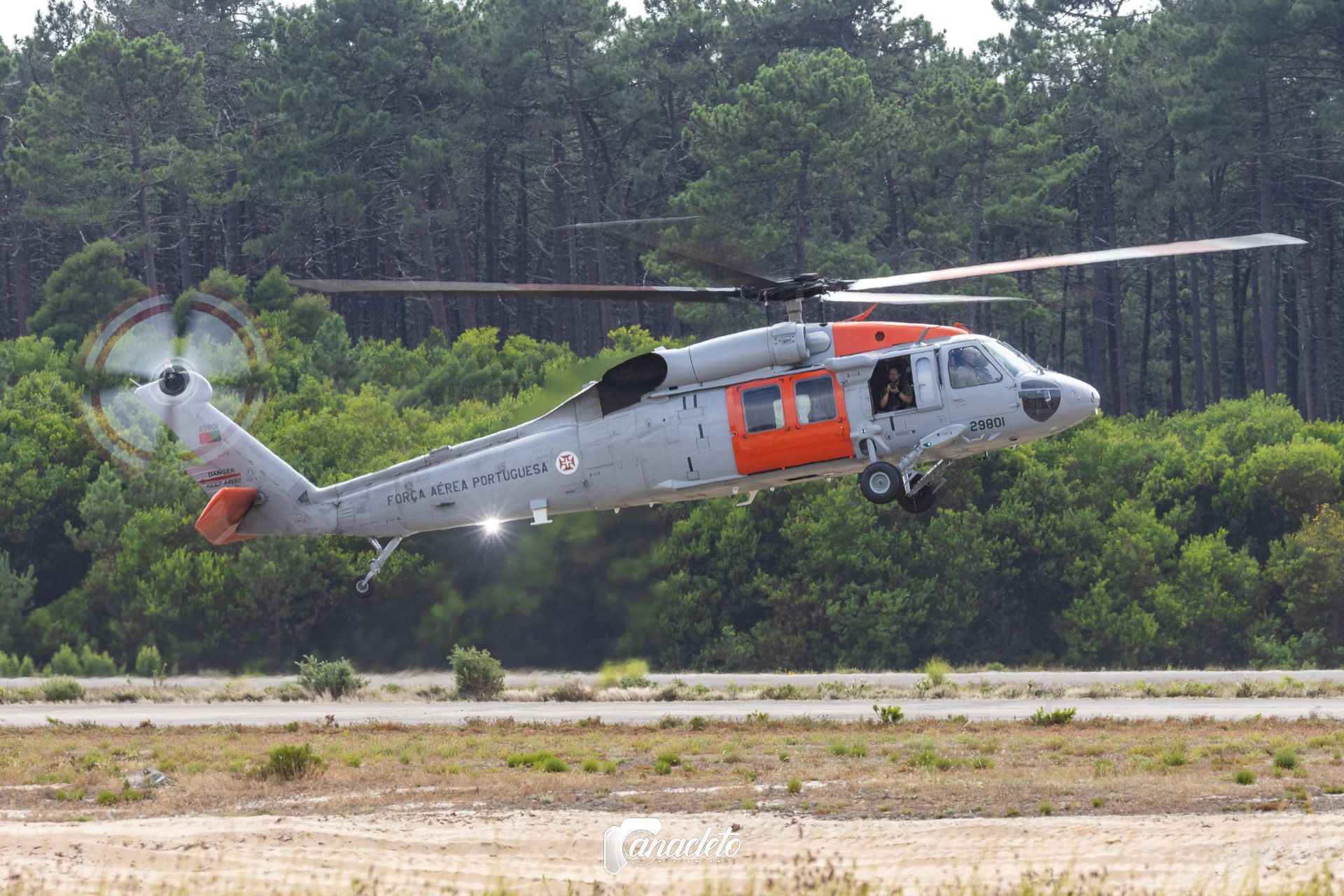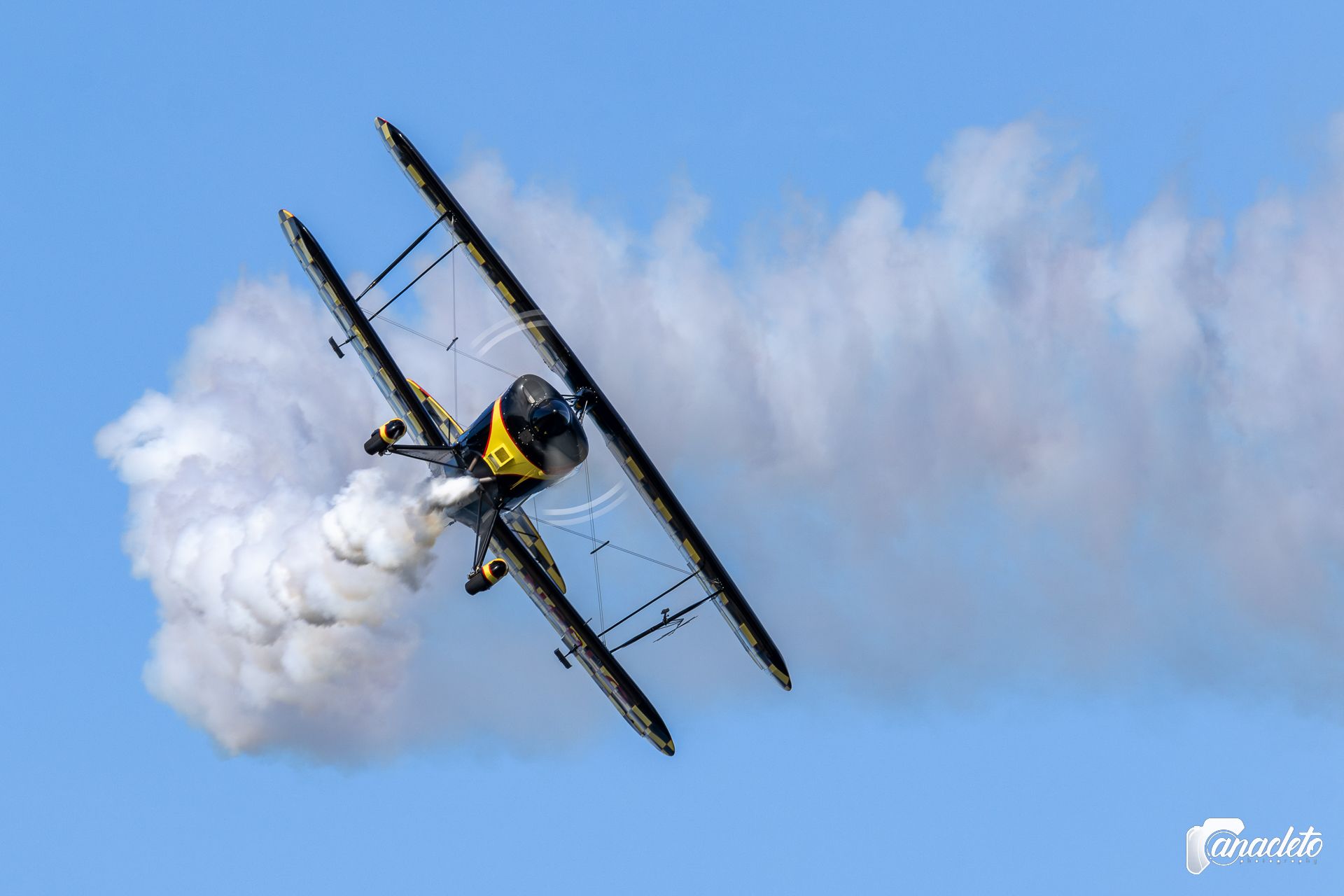ORION 24: Strengthening Ties and Preparing for Future Challenges
In order to test the readiness and interoperability of the Portuguese military forces with their NATO allies, the Portuguese Army organized its largest exercise, Orion 24, in which around 1,400 soldiers took part, including forces from allied countries such as Spain, Slovakia and Romania.
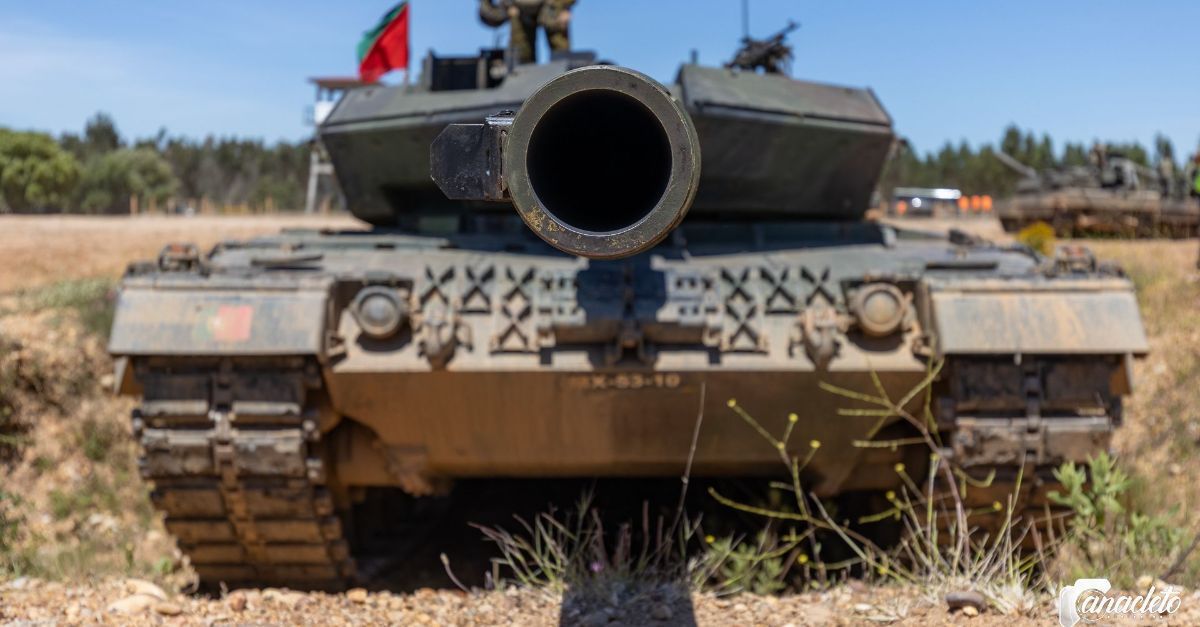
From April 29 to May 10, the Campo Militar de Santa Margarida once again hosted the Orion exercise, where the operational component of the Portuguese Army and its allies can be put into practice as part of a NATO Article 5 Joint Operation.
With an area of 67 km2, the Campo Militar de Santa Margarida offers unique conditions for this type of exercise, with a Manoeuvre Field for armoured and mechanized forces up to Battalion/Group level, several firing ranges (divided into those suitable for light weapons and the firing range for Main Battle Tanks, Artillery, Anti-tank Weaponry and Heavy Mortars), an airstrip, among others.
Orion 24 was attended by around 1,400 soldiers, 1,244 of whom were Portuguese soldiers from various units, 129 were soldiers from the spanish Ejército de Tierra and belonging to the Extremadura XI Brigade, 25 were soldiers from the Romanian 22nd Infantry Battalion, of the Multinational Brigade Southeast and 17 were from the Slovak Army and belonging to the 52nd Airborne Battalion. The Portuguese Air Force also took part in the exercise, helping to ensure that operations were planned and synchronized.
One of the main objectives of this exercise is to strengthen the integration of multinational capabilities, to develop interoperability in the application of tactics, techniques and procedures in a high-intensity conflict scenario and to test the integration of Army Forces into the Alliance's Collective Defense mechanisms.
All this training is based on the most recent and realistic NATO scenario, based on current and future operations, and serves to demonstrate the cohesion and readiness of the Atlantic Alliance, as well as the commitment of the allies to defending the territorial integrity of NATO member countries.
Article 5 of NATO stipulates that an attack against one ally will be considered an attack against all, triggering immediate assistance efforts, developing the "action they deem necessary, including the use of armed force, to restore and ensure security in the North Atlantic region".
Another of the main objectives of this year's edition of Orion is the certification of a Main Battle Tank Platoon which, as part of NATO's surveillance activities in Eastern Europe, will be deployed to Slovakia in July, where it will form part of a multinational force. This platoon, equipped with the Leopard 2A6 combat vehicle, will form part of the 1.ª Força Nacional Destacada and will certainly contribute to a more robust military presence on NATO's eastern flank, acting as a deterrent and demonstrating the Allies' determination and willingness to defend sovereign territories and their populations.
We recall that on January 26, 2024, the Grupo de Carros de Combate began preparing a platoon with the aim of being deployed in the NATO MultiNational Battle Group Slovakia (MNBG SVK).
This platoon will consist of 4 main battle tanks, with a further unit going as a reserve, making a total of 5 units. There are around 24 soldiers directly assigned to this platoon, plus 2 more who will be working in the General Staff of the Brigade Unit Headquarters, and 1 more soldier working in the General Staff of the MNBG SVK Headquarters, making a total of 27 soldiers deployed.
On May 7 and 8, there were live-fire drills with national and international weapons systems, which provided contact with the equipment, vehicles and weaponry of each of the nations, contributing to the exchange of experiences and sharing of knowledge between the allied forces.
In the scenario presented, a multinational NATO force was attacked by a hostile force. Two M11 Panhard vehicles from the Reconnaissance Squadron of Regimento de Cavalaria Nº3 made the first contact with the opposing force. After reporting their position and making a request for Close Air Support, these two vehicles withdrew from the front line. With CAS carried out by two Portuguese Air Force F-16 aircraft, a defensive line made up of 3 Spanish Leopard 2A6s and 3 Portuguese Pandur II ICVs, garrisoned by Romanian infantry, opened fire on the hostile force. In order to suppress the enemy, they were supported by indirect fire from 2 M109 self-propelled howitzers and 1 M114A1 howitzer, followed by mortar fire from an M106 Mortar Carrier (a variant of the M113 APC). Having inflicted heavy damage on the retreating enemy forces, the Allied forces positioned themselves in a defensive line further to the rear.
On the second day of fighting, what remains of the opposing force launches a new counter-attack, which is again met with suppressive fire from the M109/M114 and mortars, along with Close Air Support from the F-16s. The allied forces in the defensive line, this time equipped with Leopard 2A6 and Pandur II IFV (version equipped with 30mm automatic cannon) from the Portuguese Army and VCI Pizarro from the Ejército de Tierra, open fire and completely eliminate the enemy force.
On the 7th and 8th, the Portuguese Army also decided to open its doors to military enthusiasts and photography lovers by organizing a Spotters Day.
This type of event makes it possible to watch all the action up close and creates ideal moments for capturing unique images of the vehicles and capabilities of the Land Component in operations.
I'll end this photo report by thanking the Portuguese Army and its Public Relations, in the person of the Spokesman Lieutenant Colonel Parcelas, for the excellent initiative and for the friendliness and professionalism with which he treated all the spotters present. I would also like to thank Alferes Salvador and the rest of the team who accompanied us over the two days, who did everything in their power to ensure that our visit went as smoothly as possible, always welcoming us and treating us with sympathy, kindness and professionalism.
Source Information: Exército Português, Facebook

